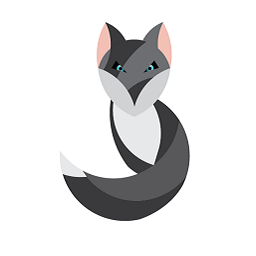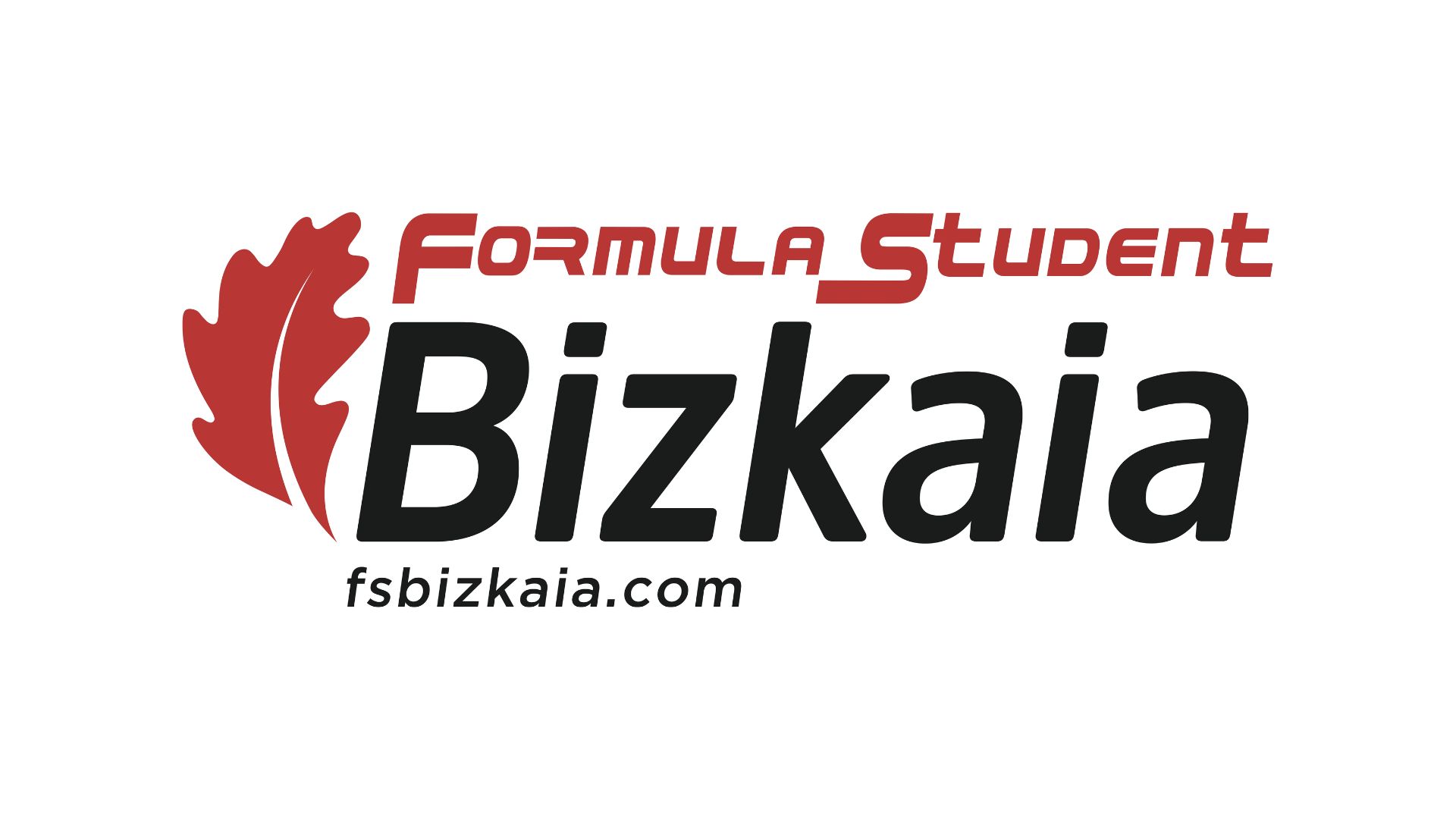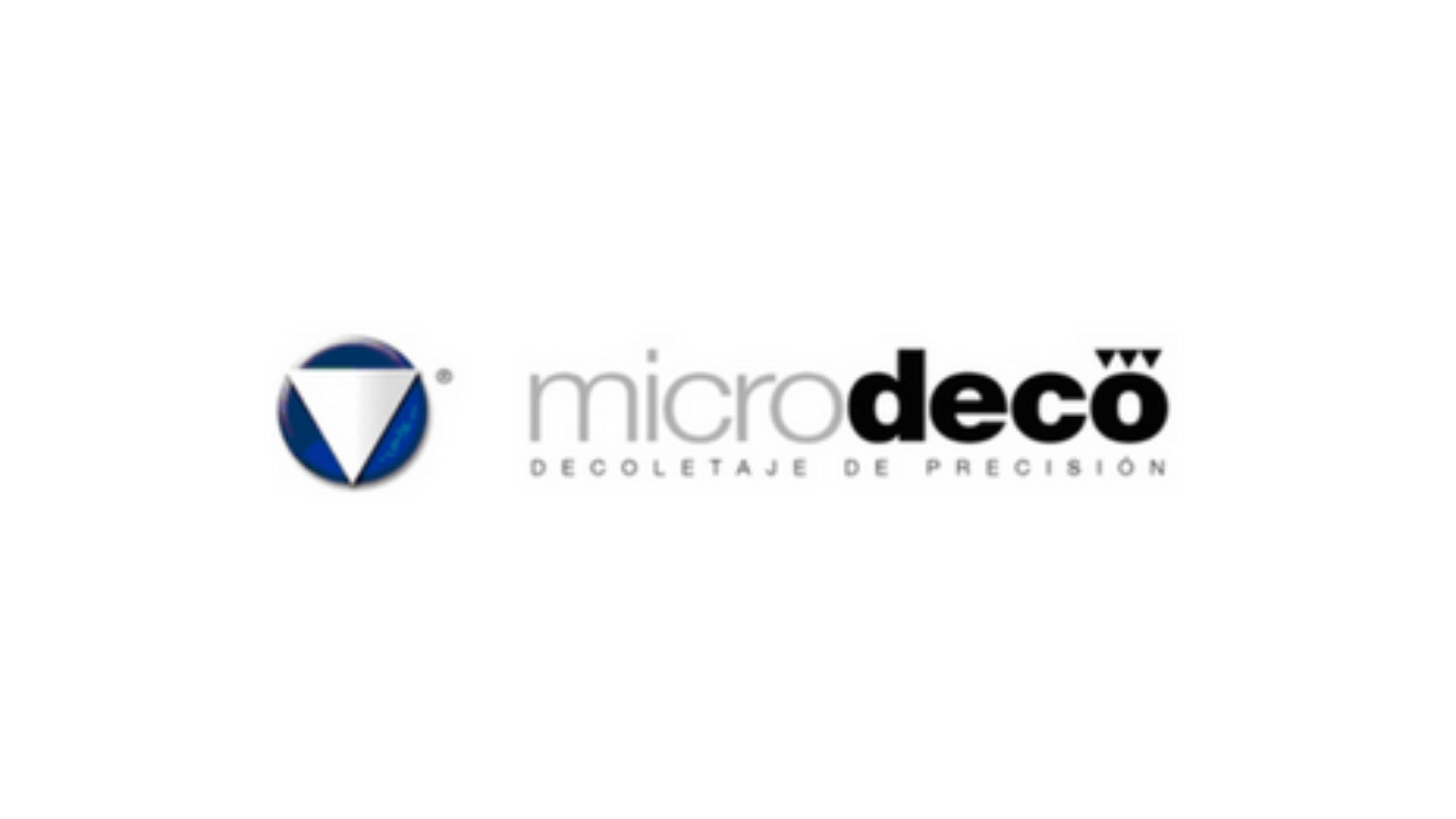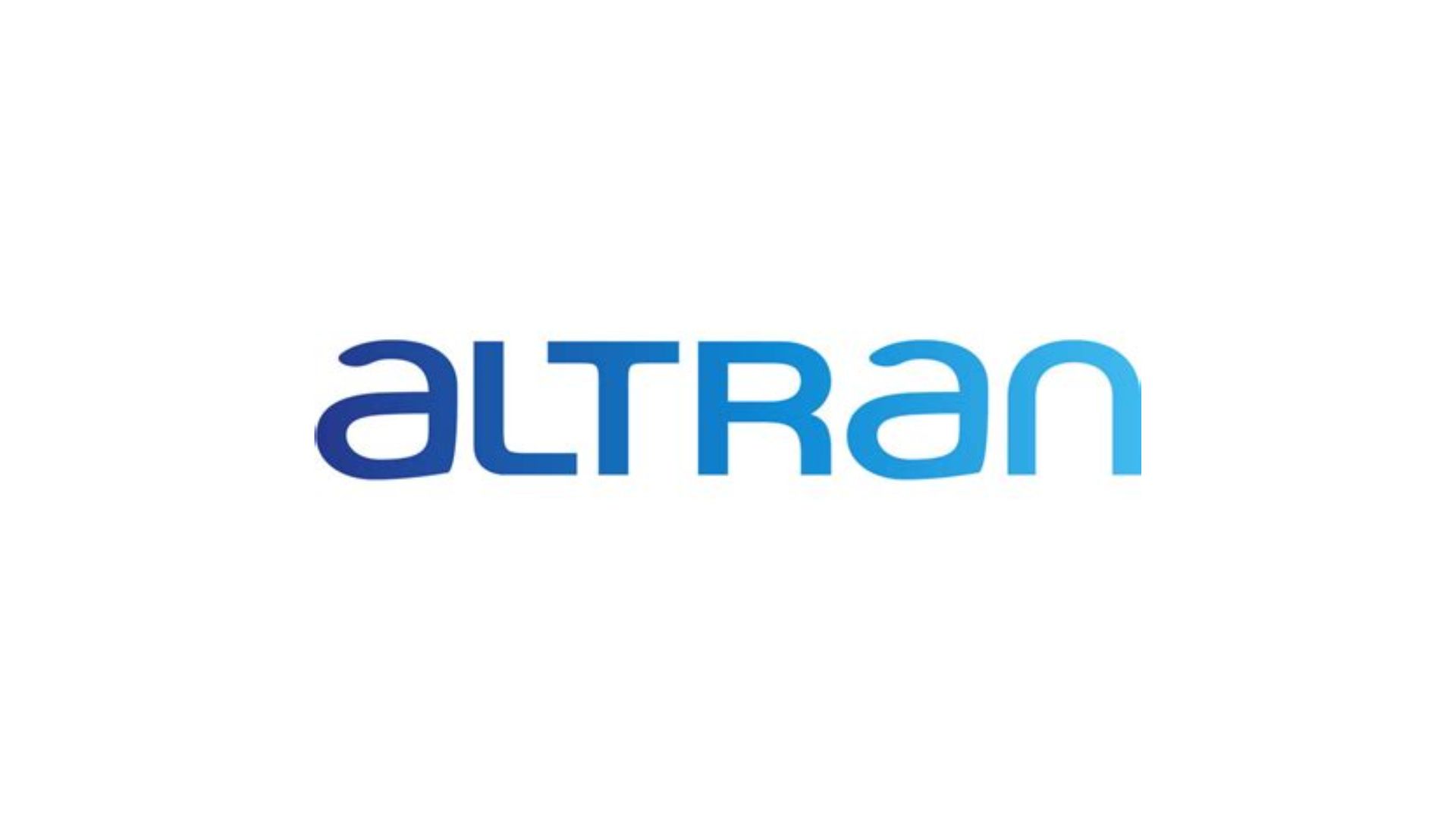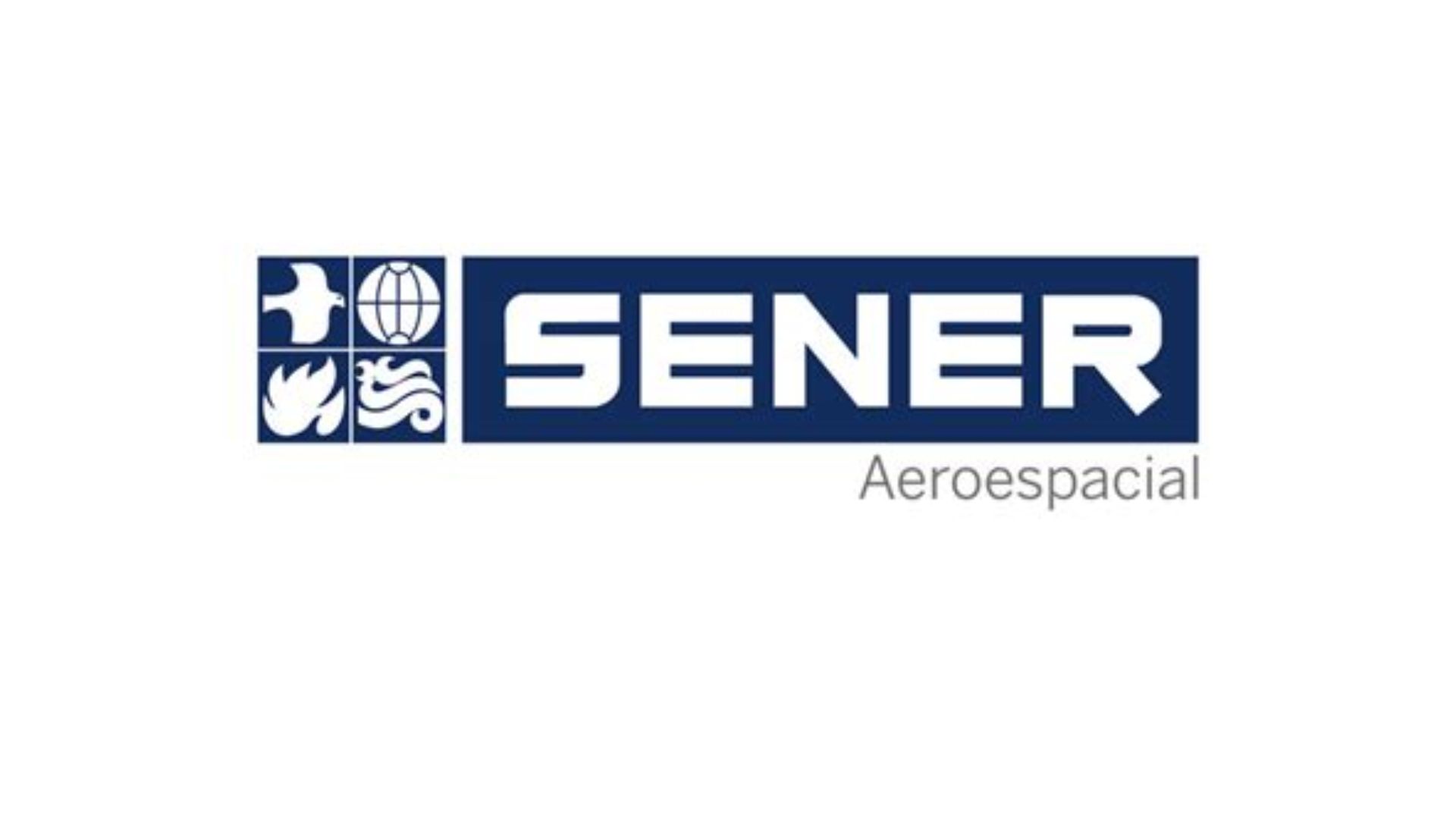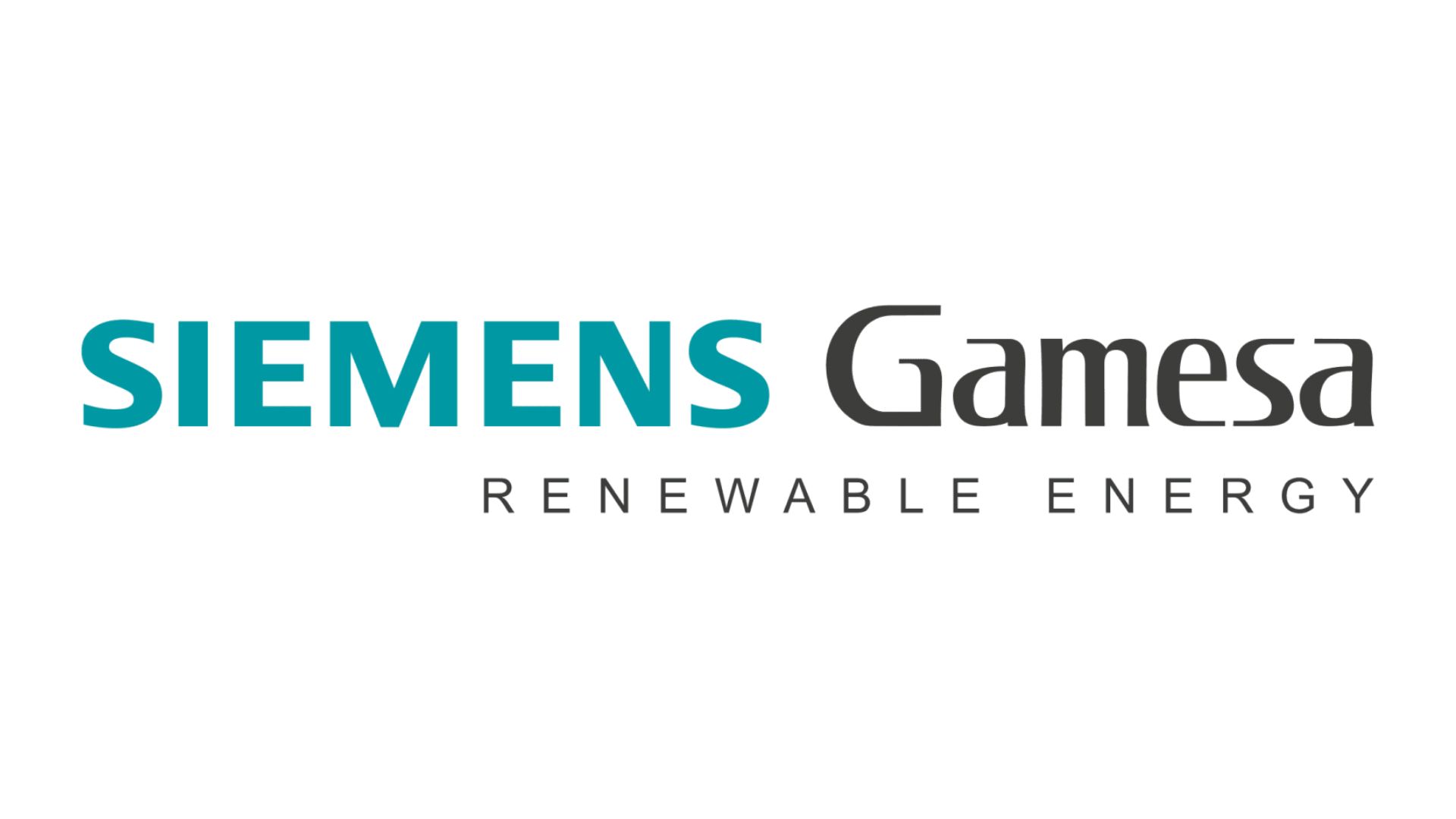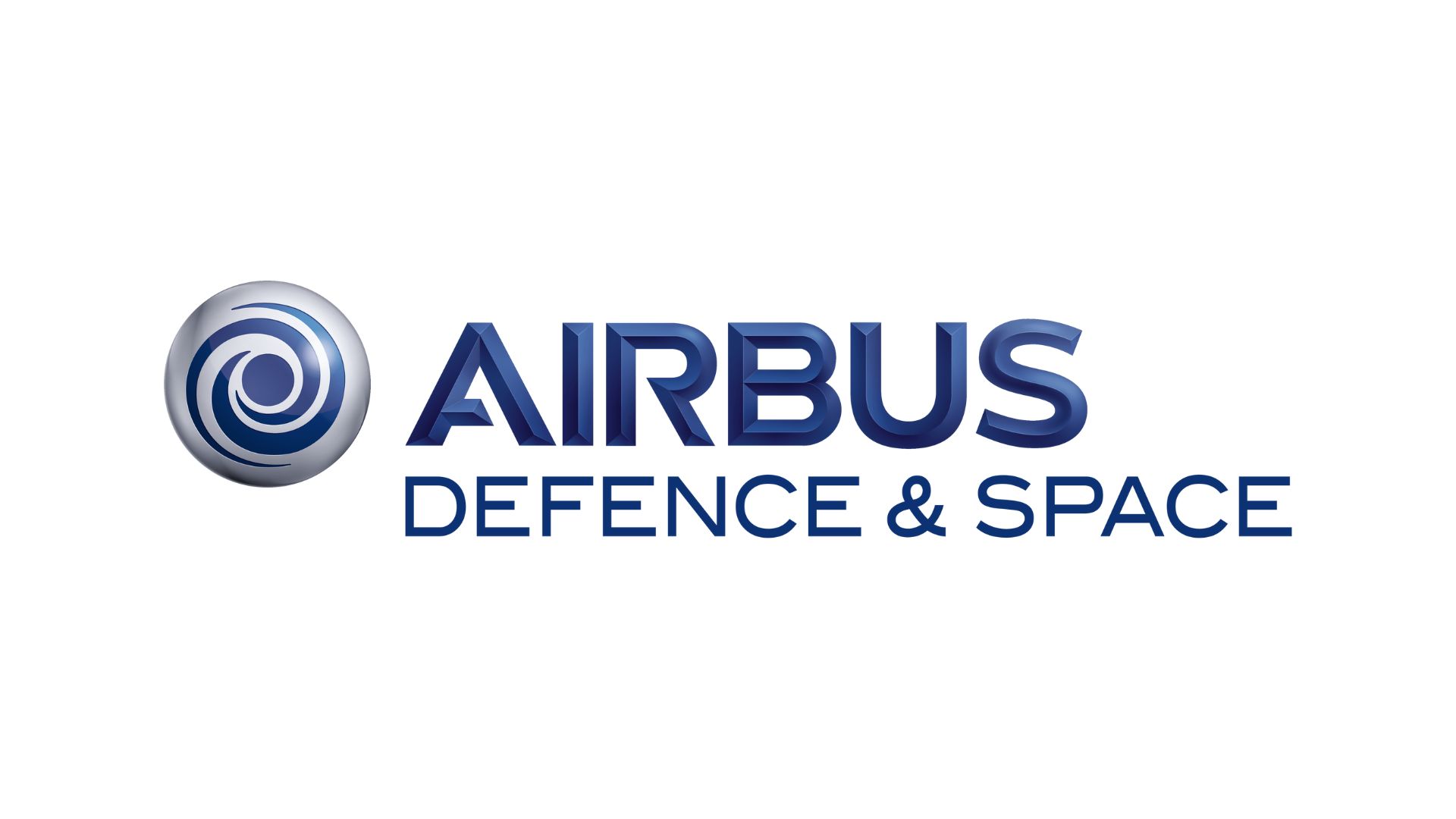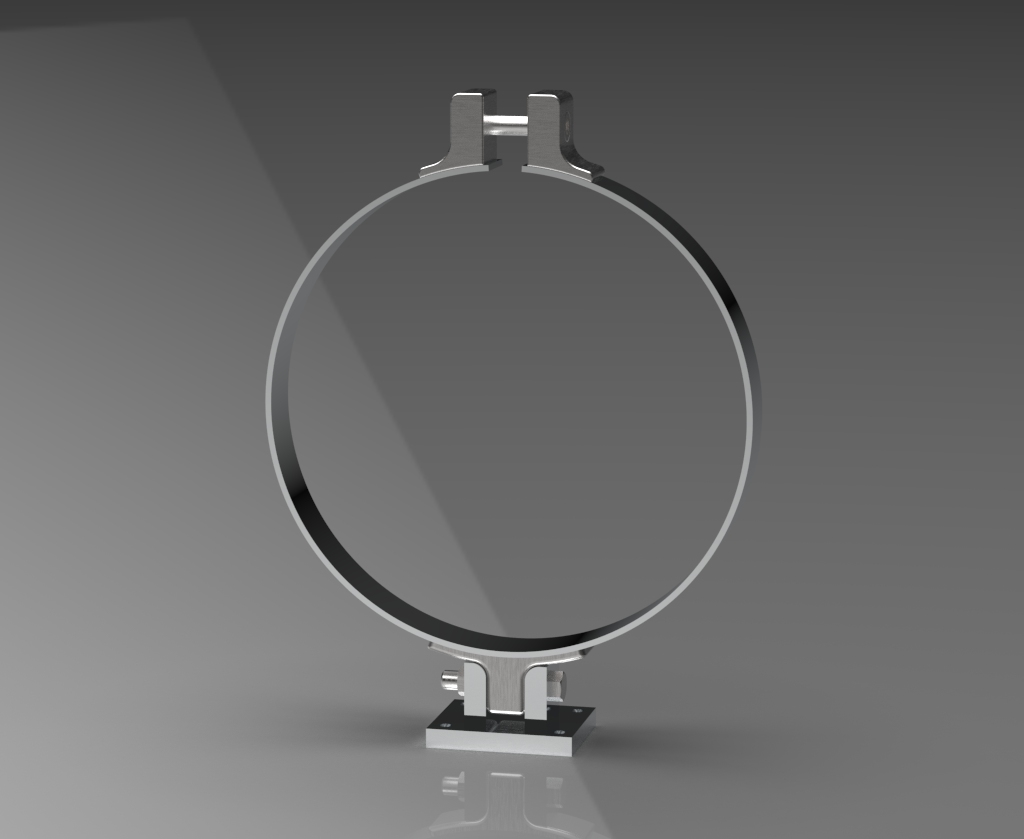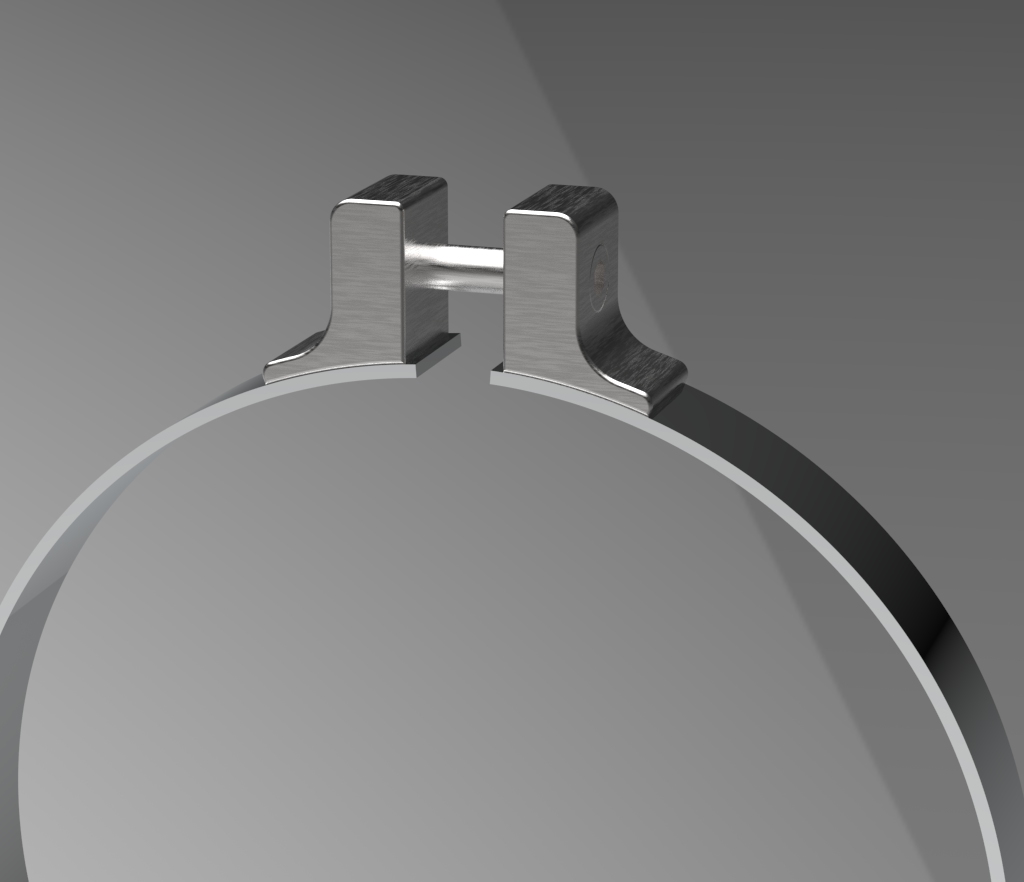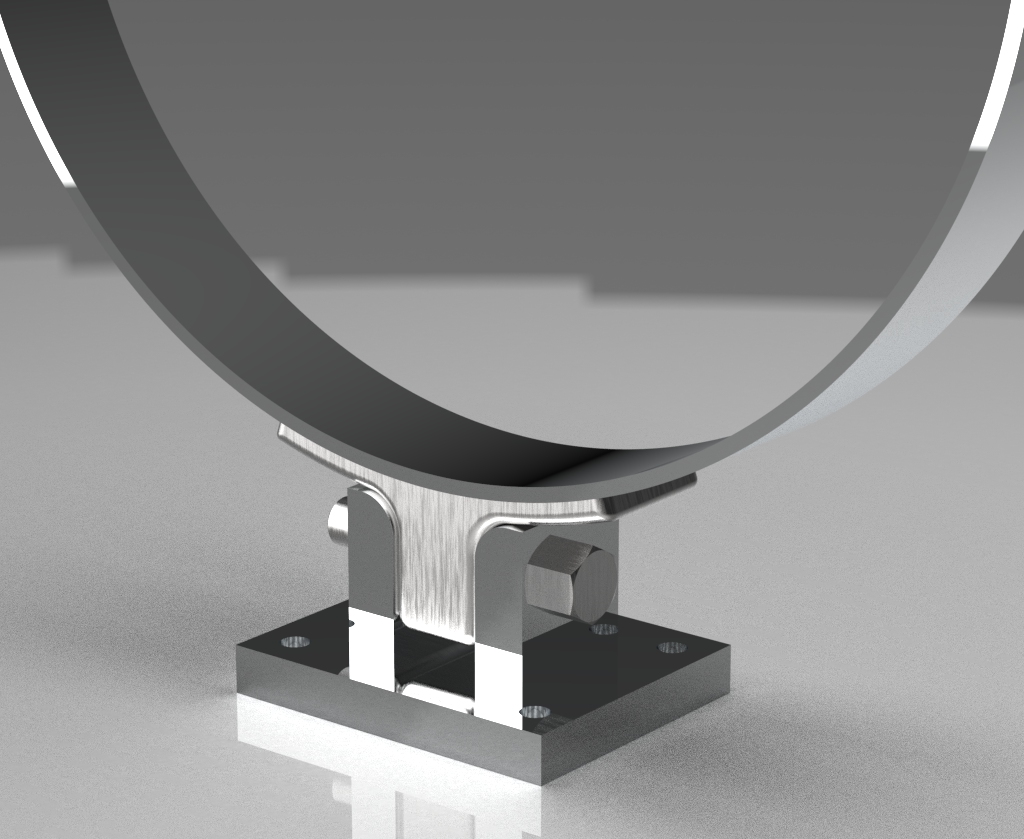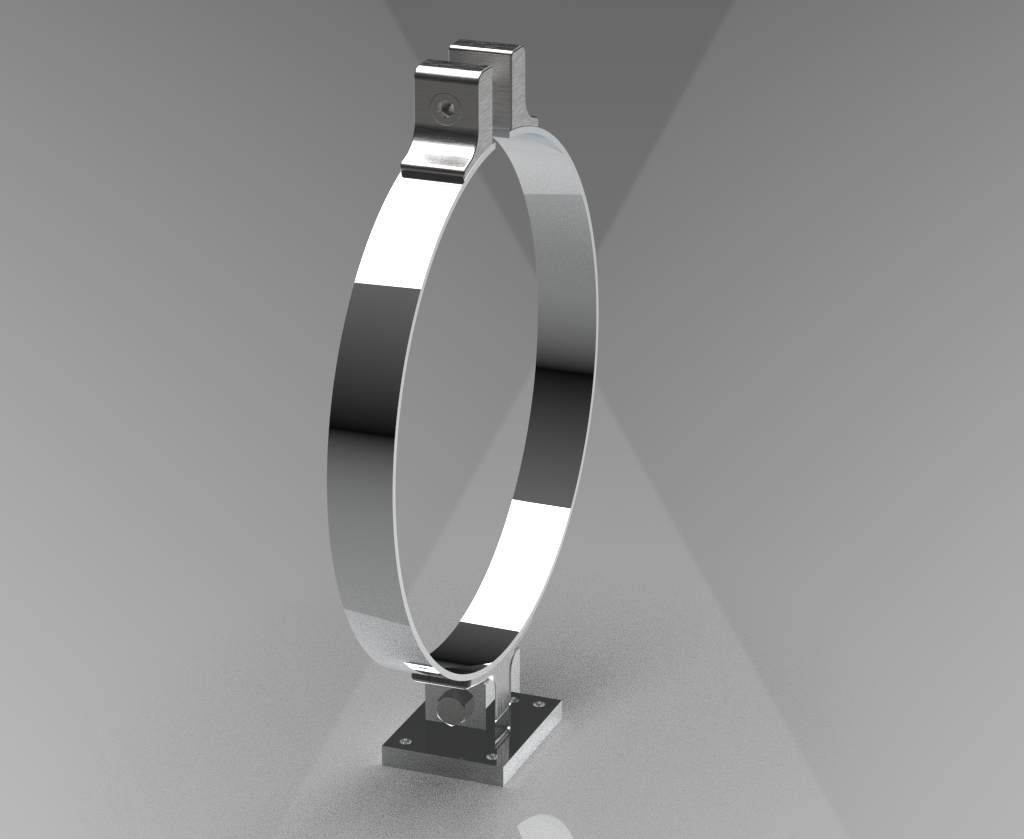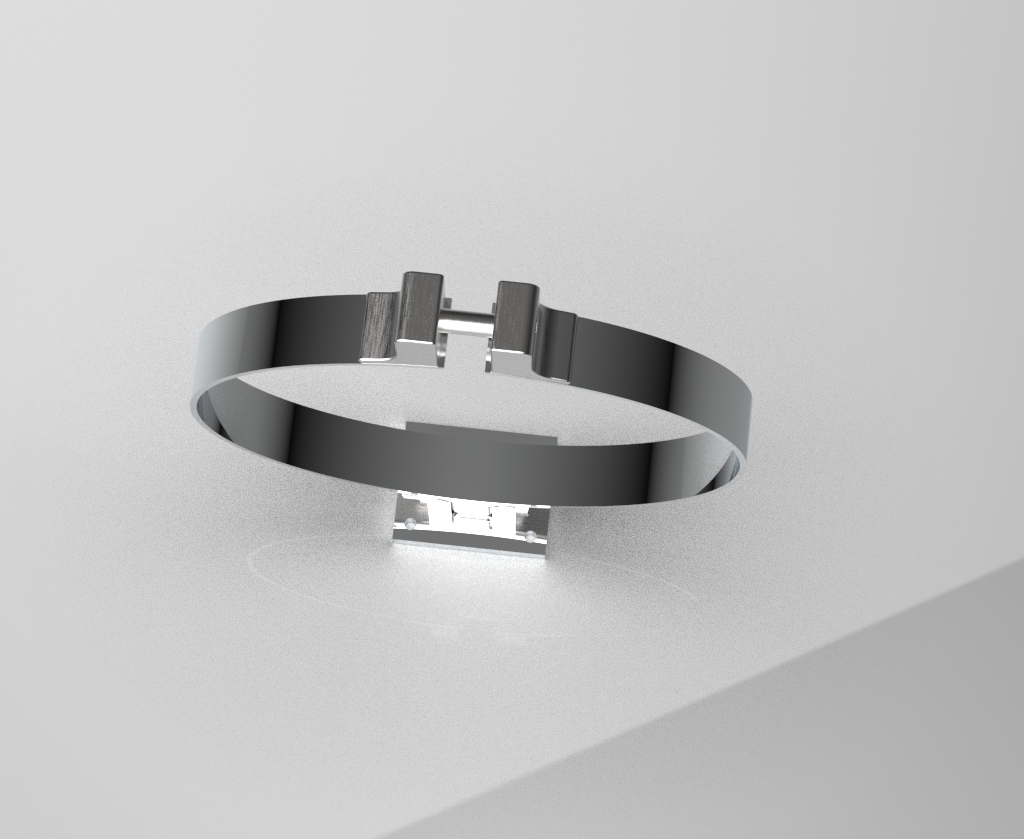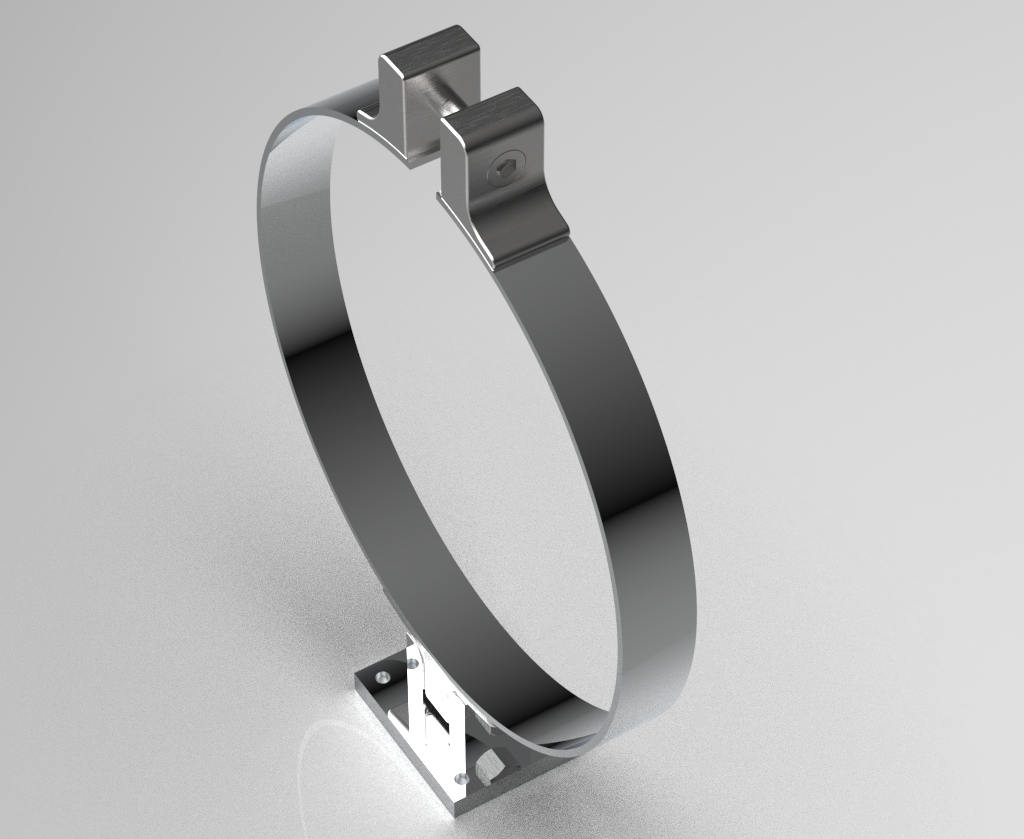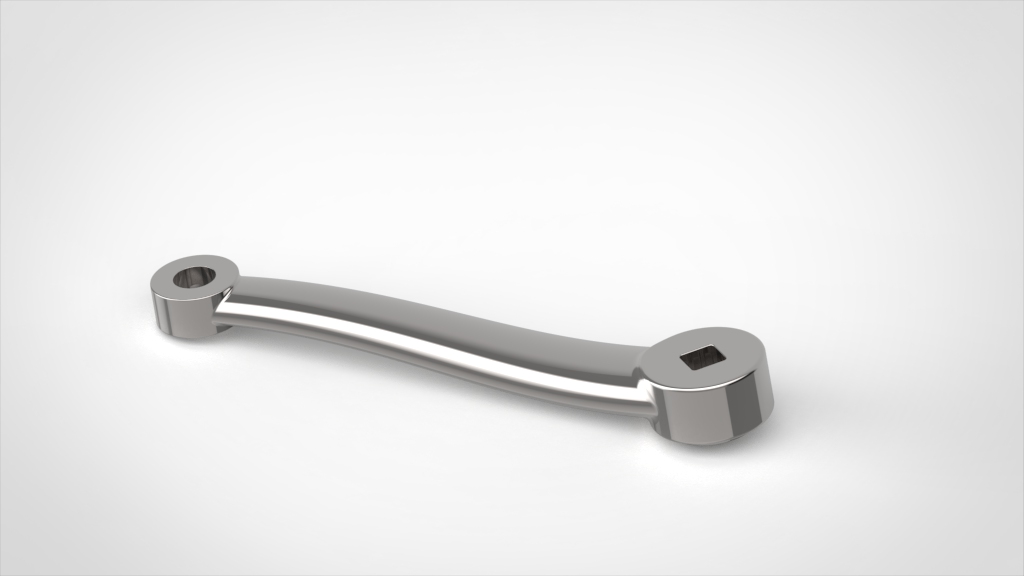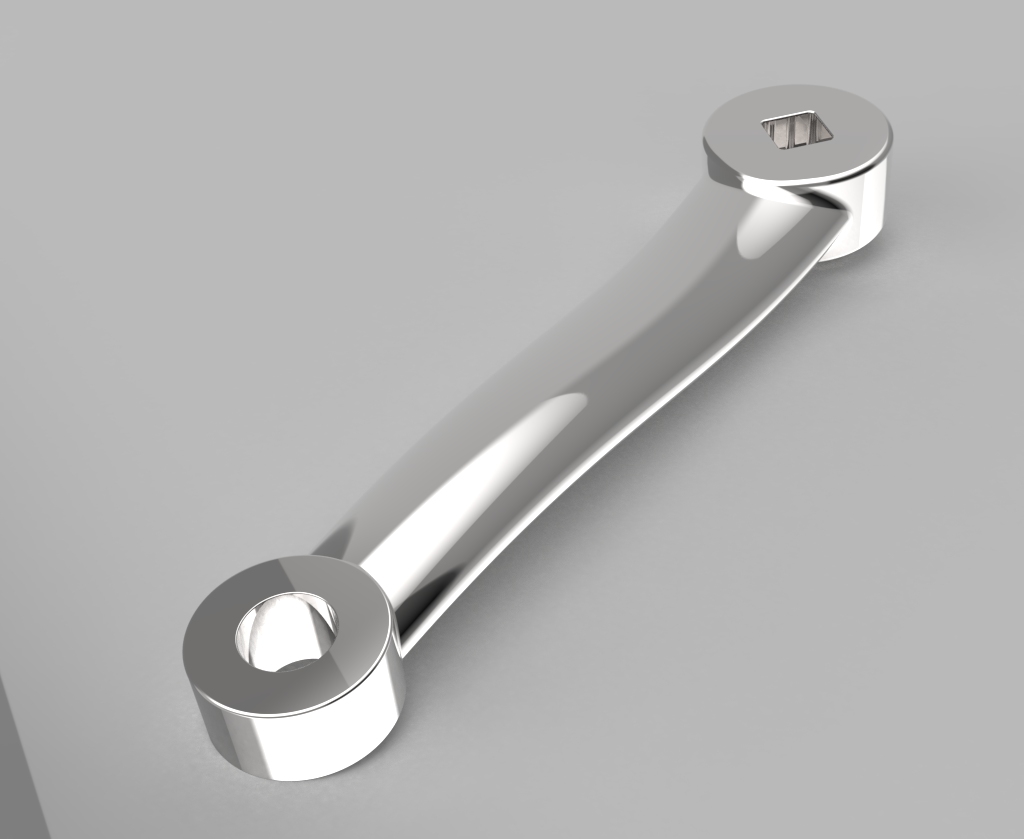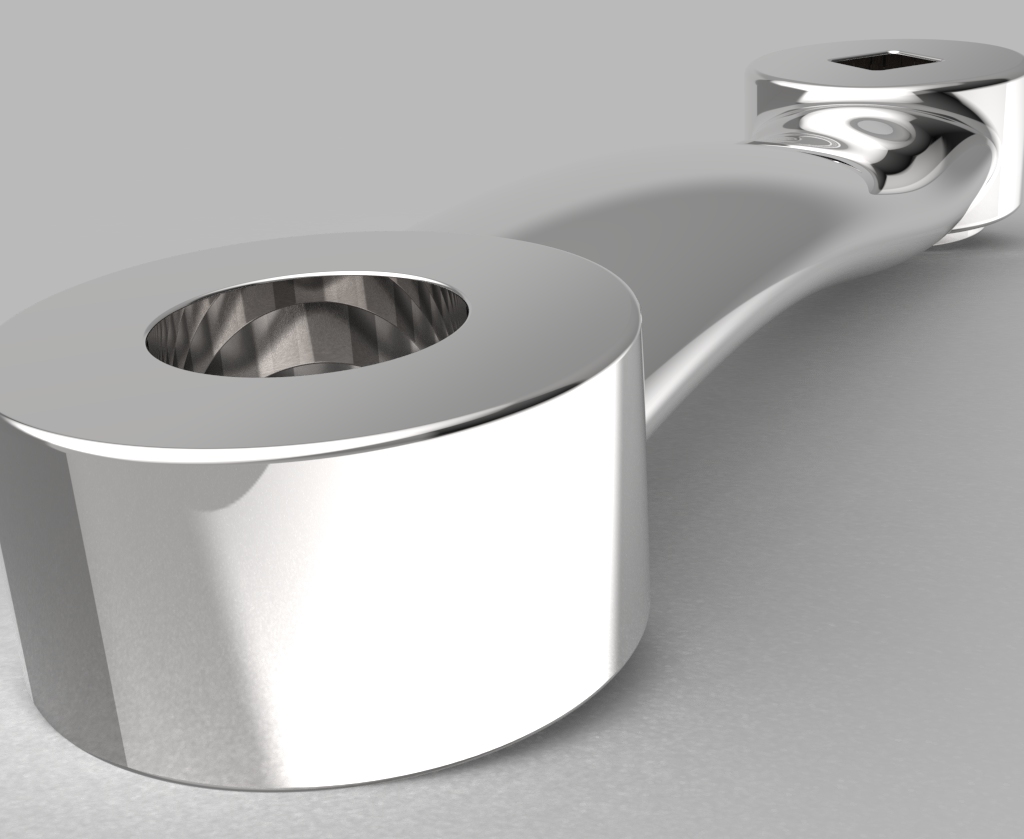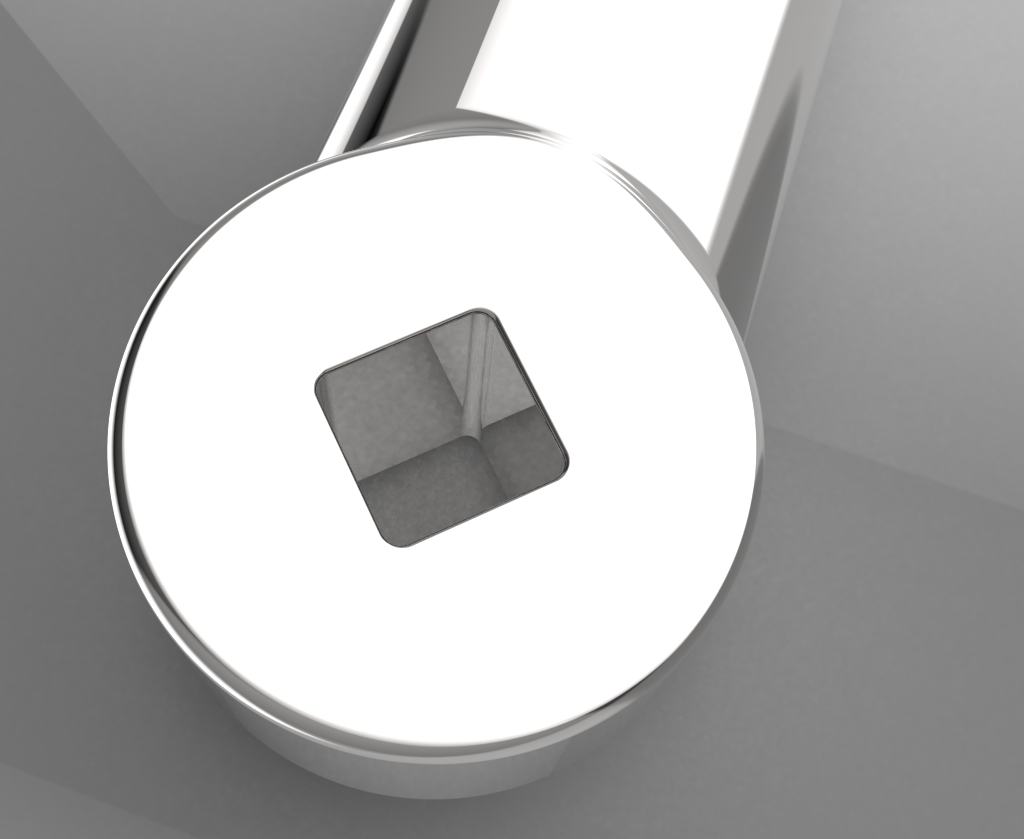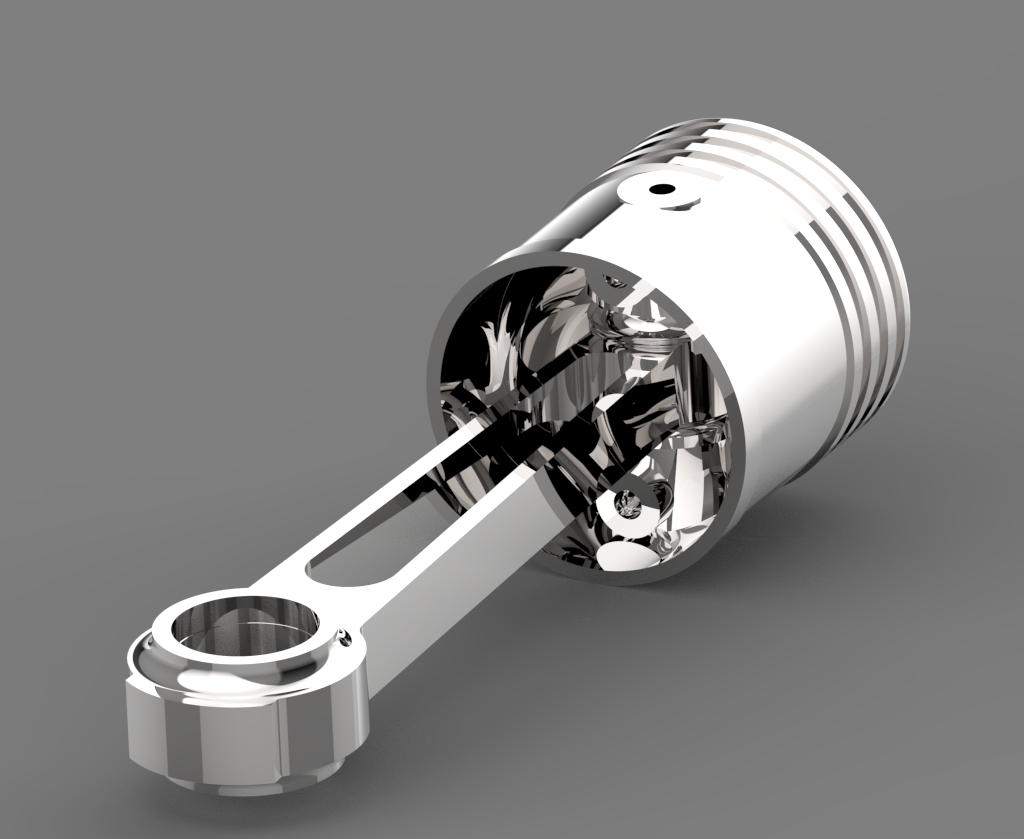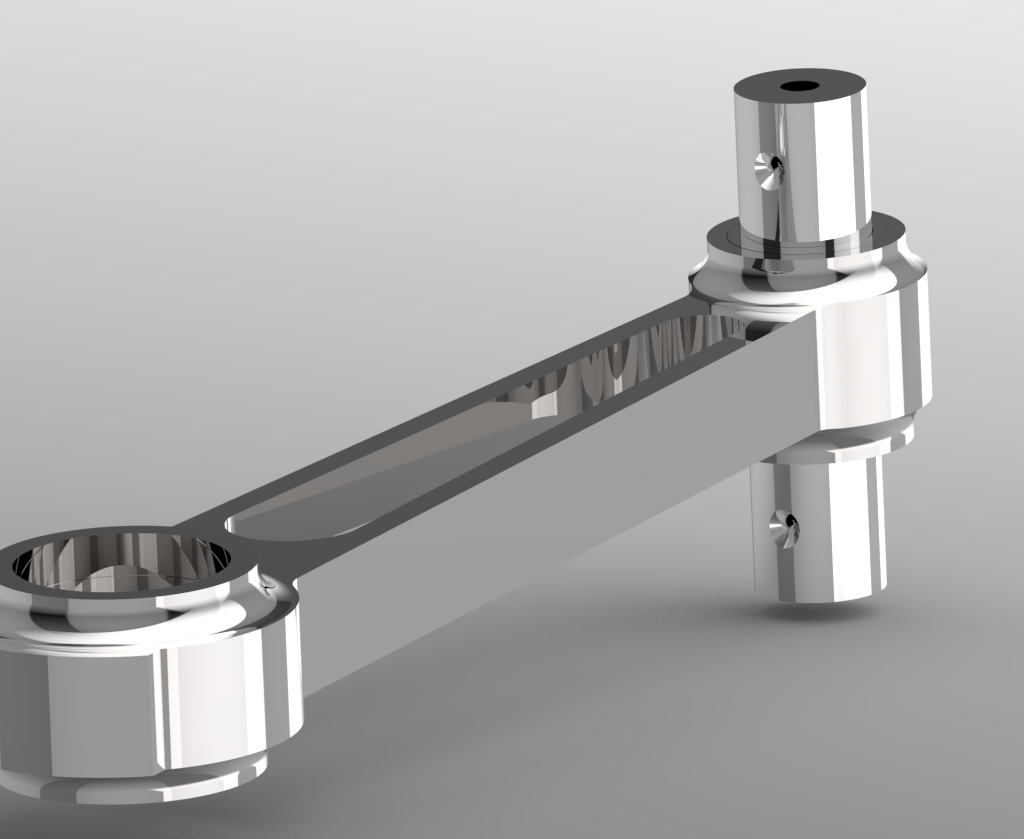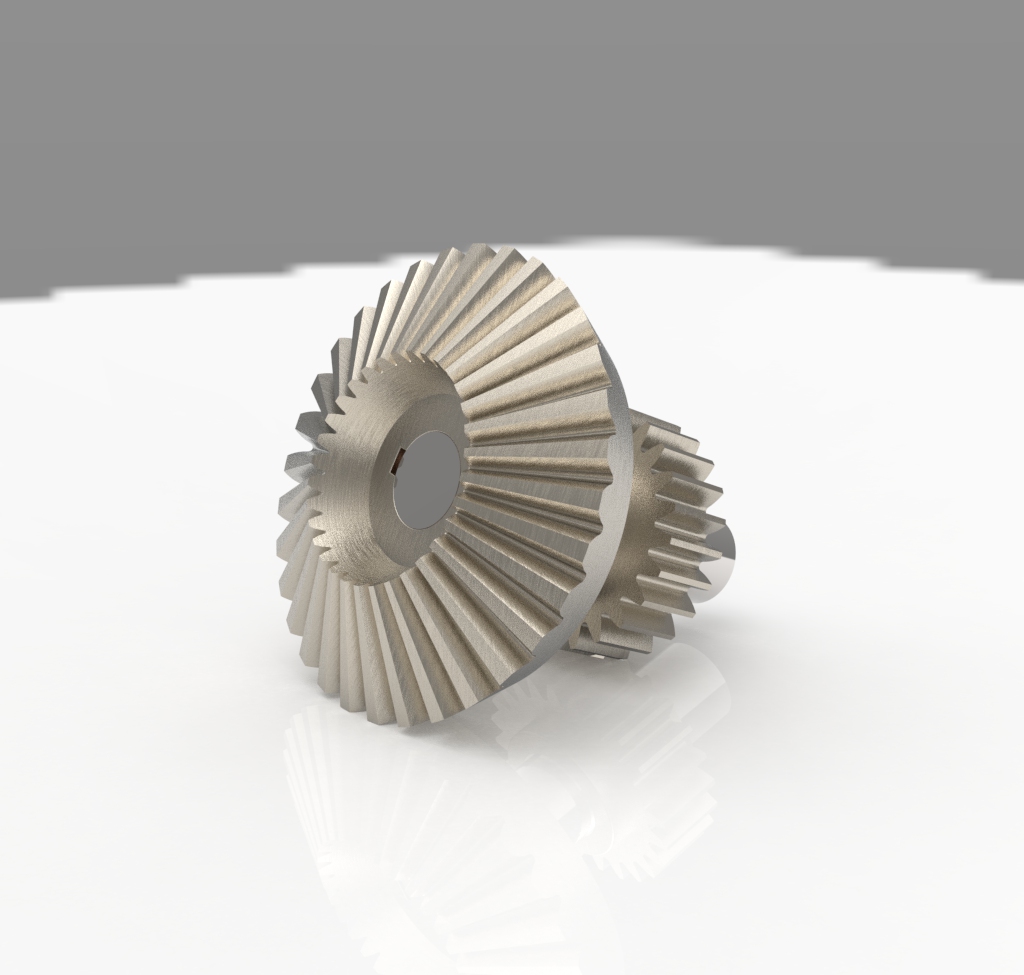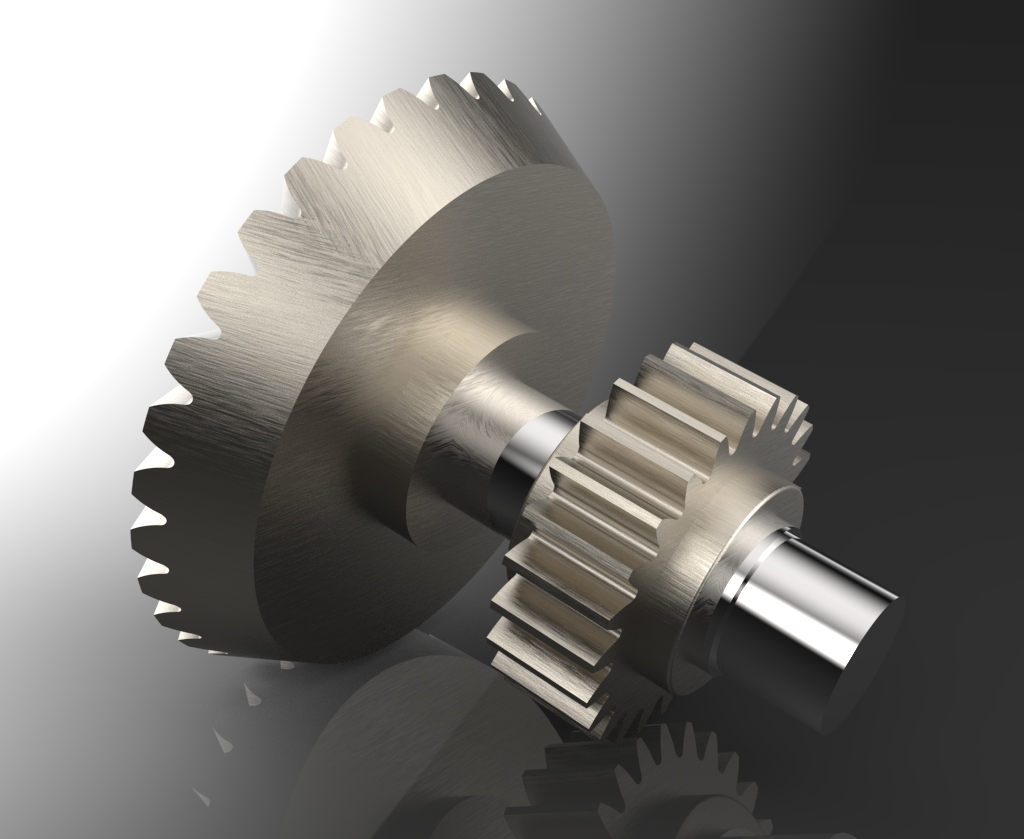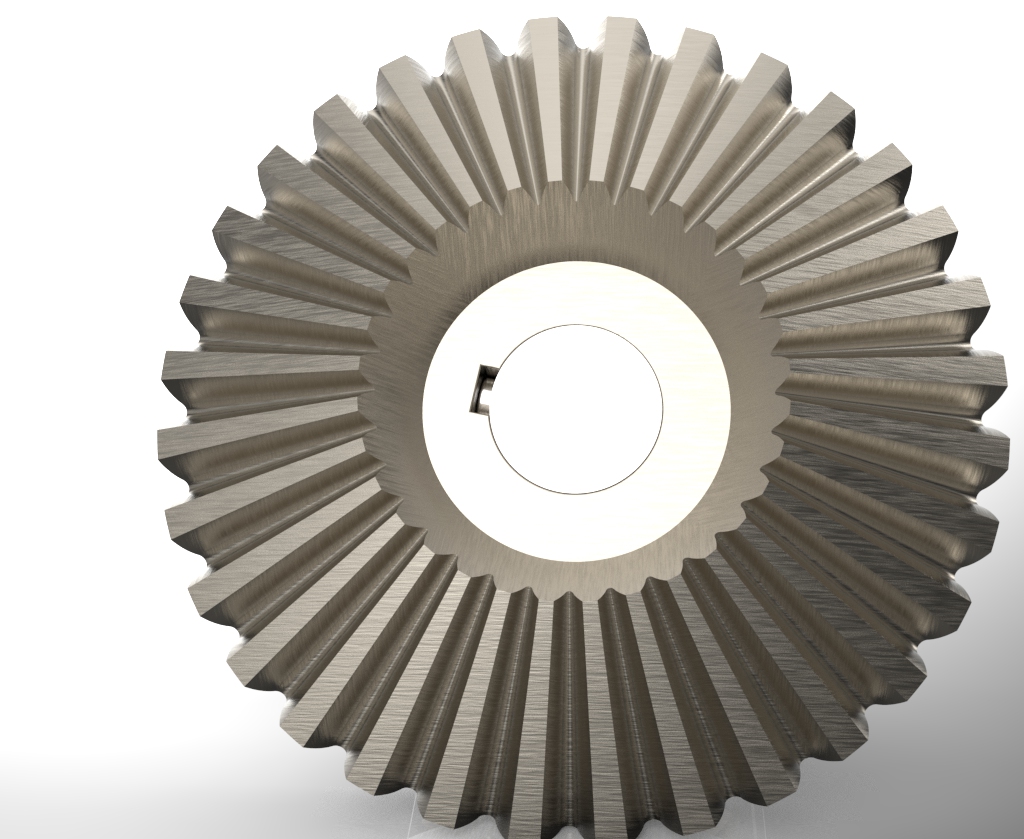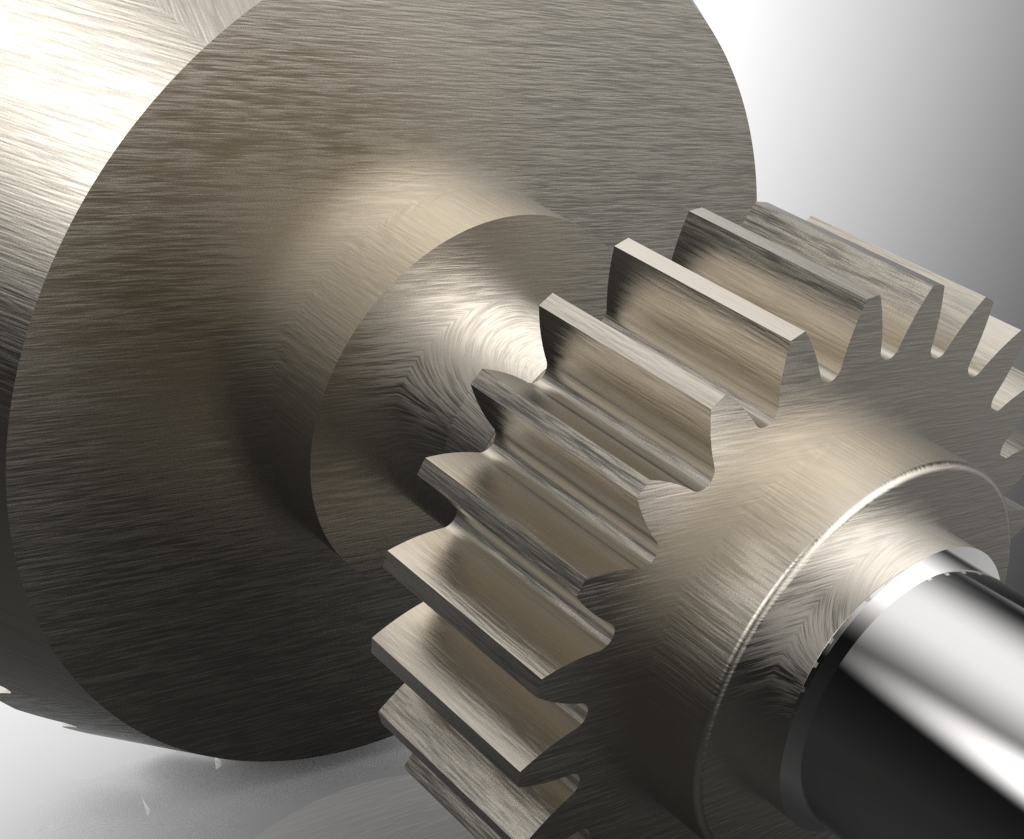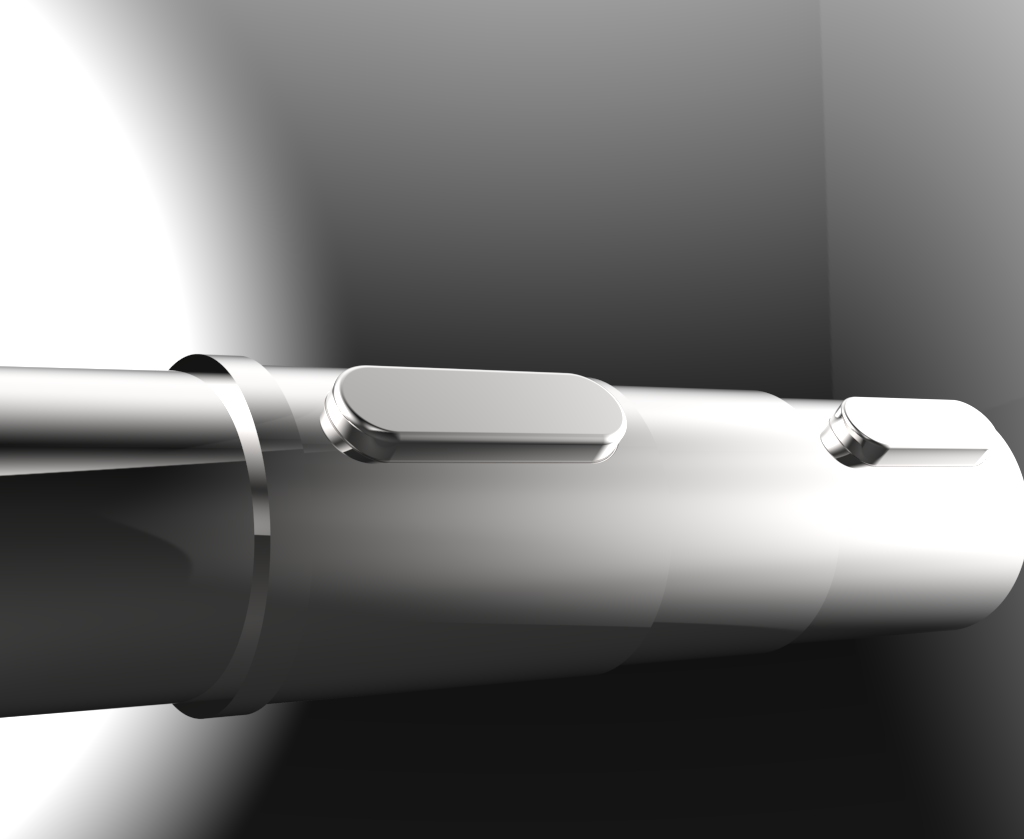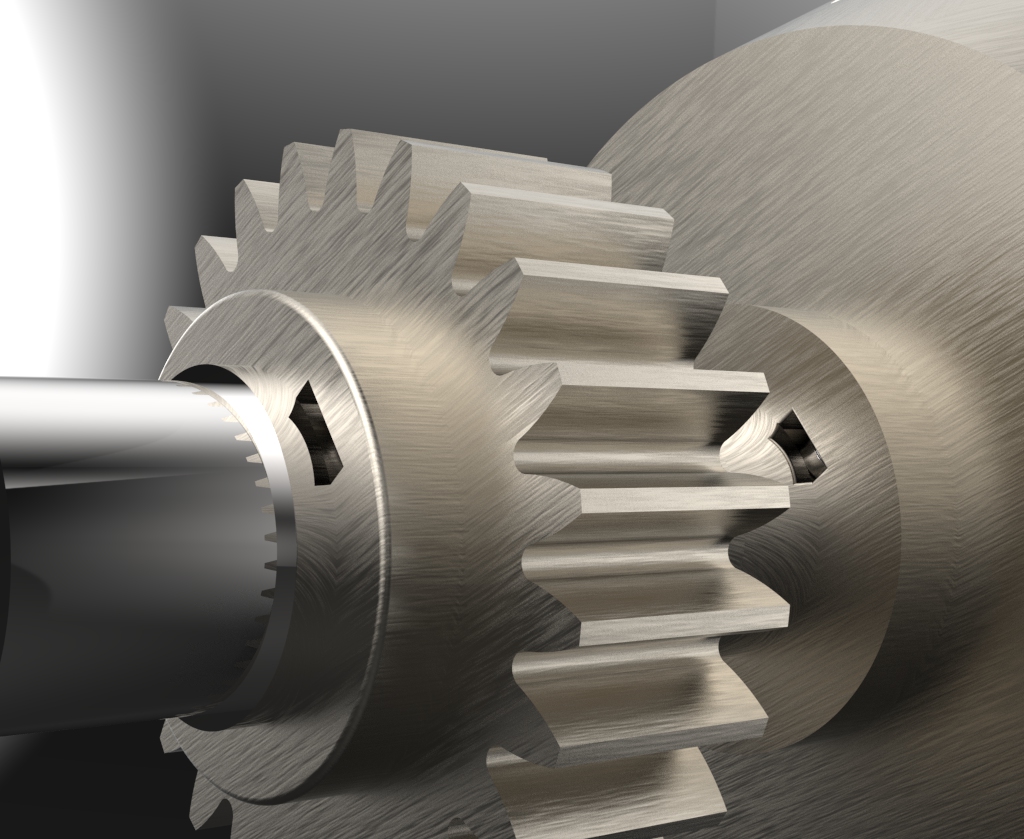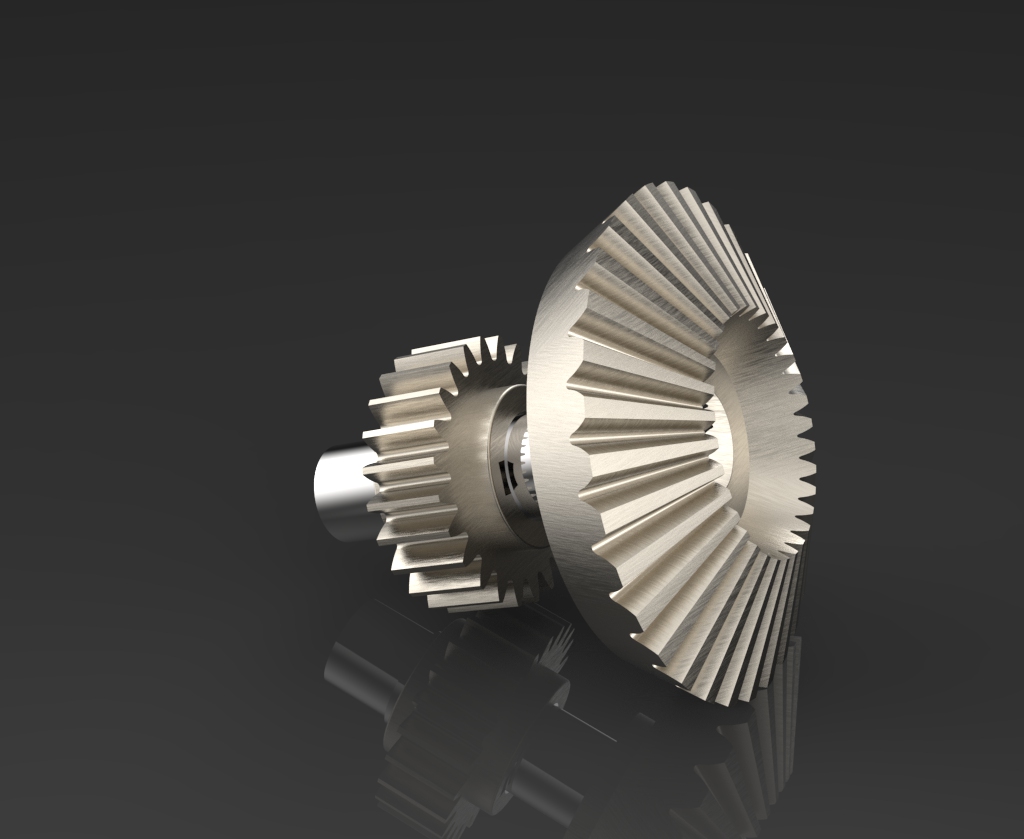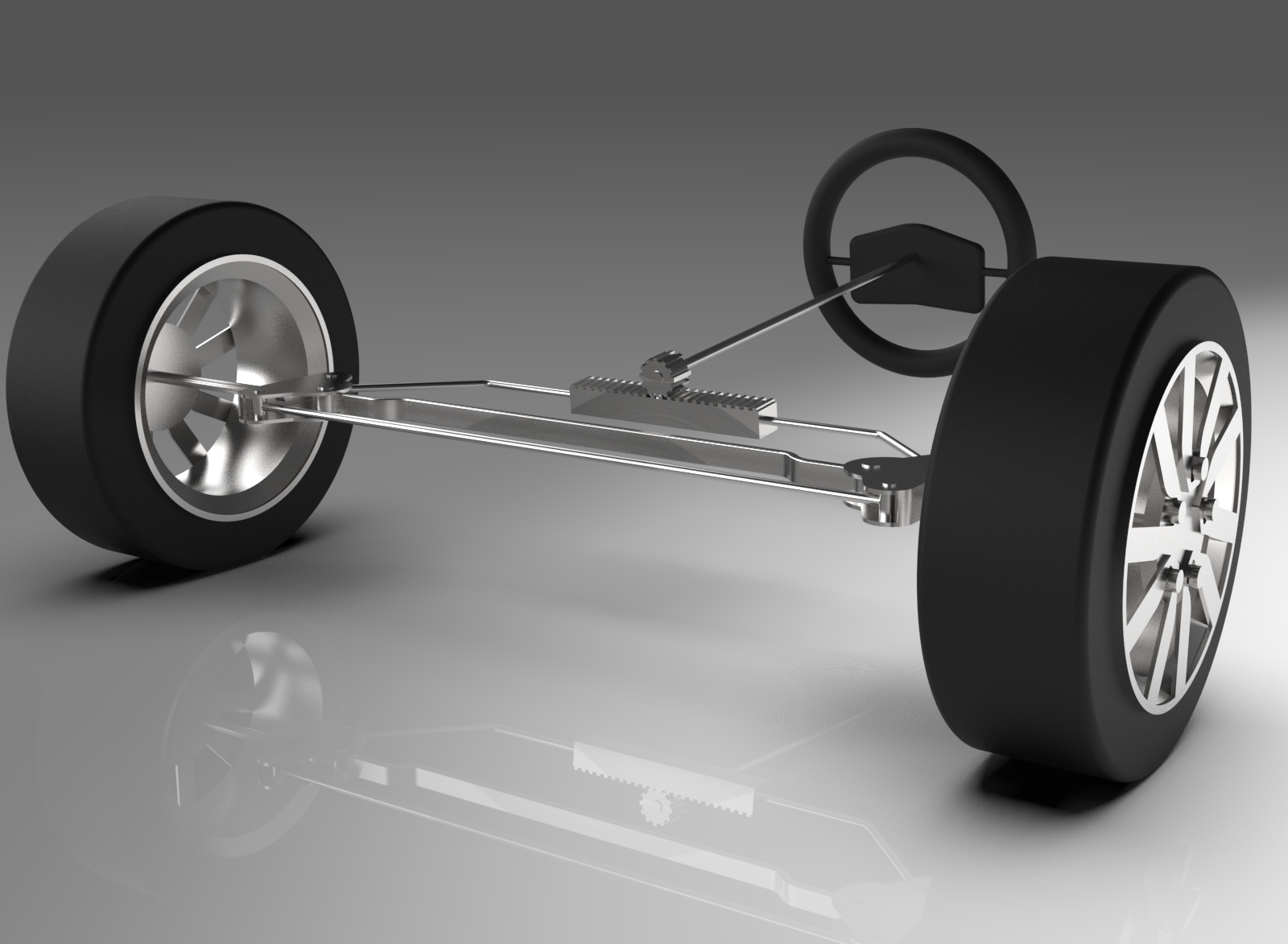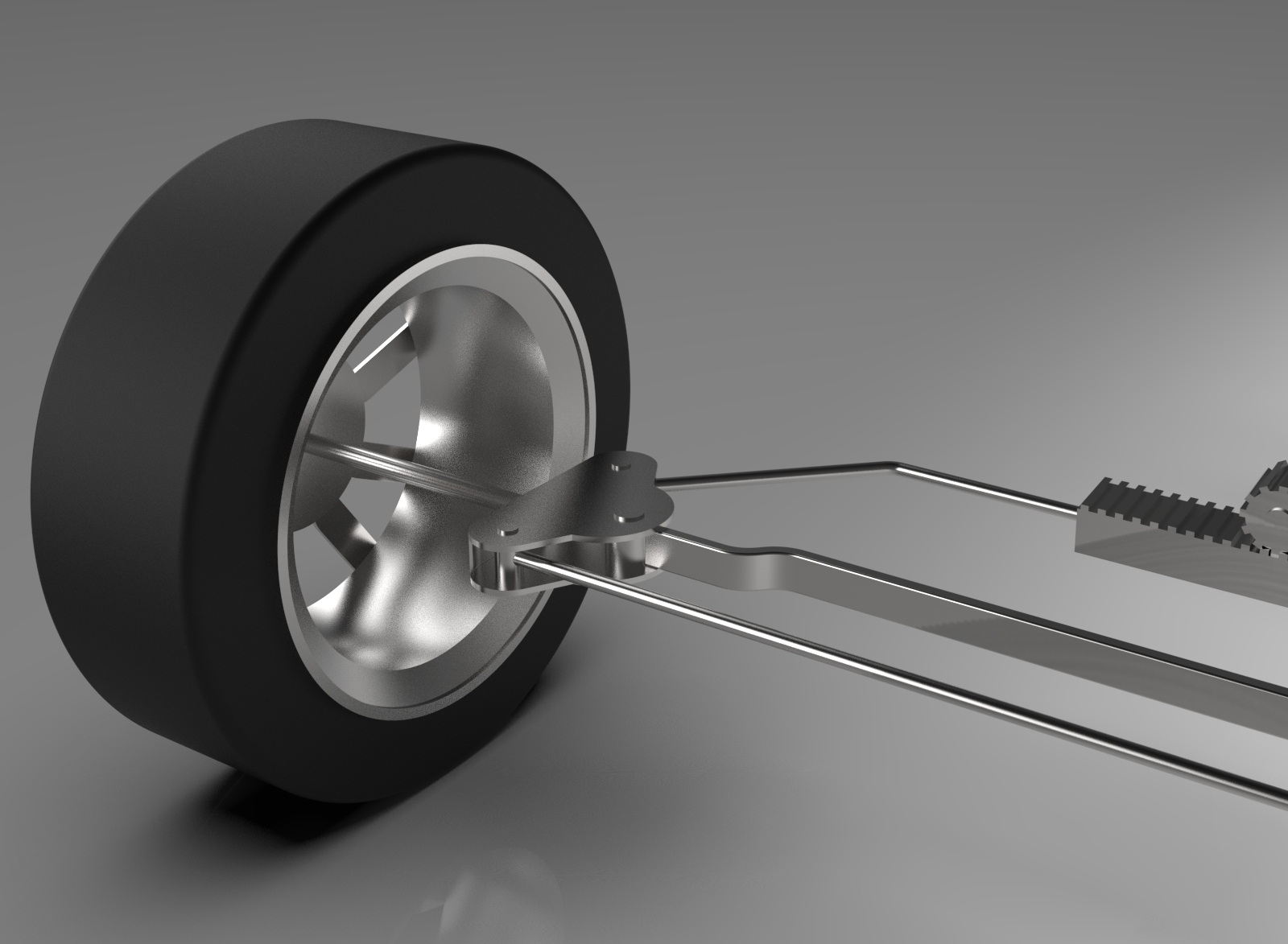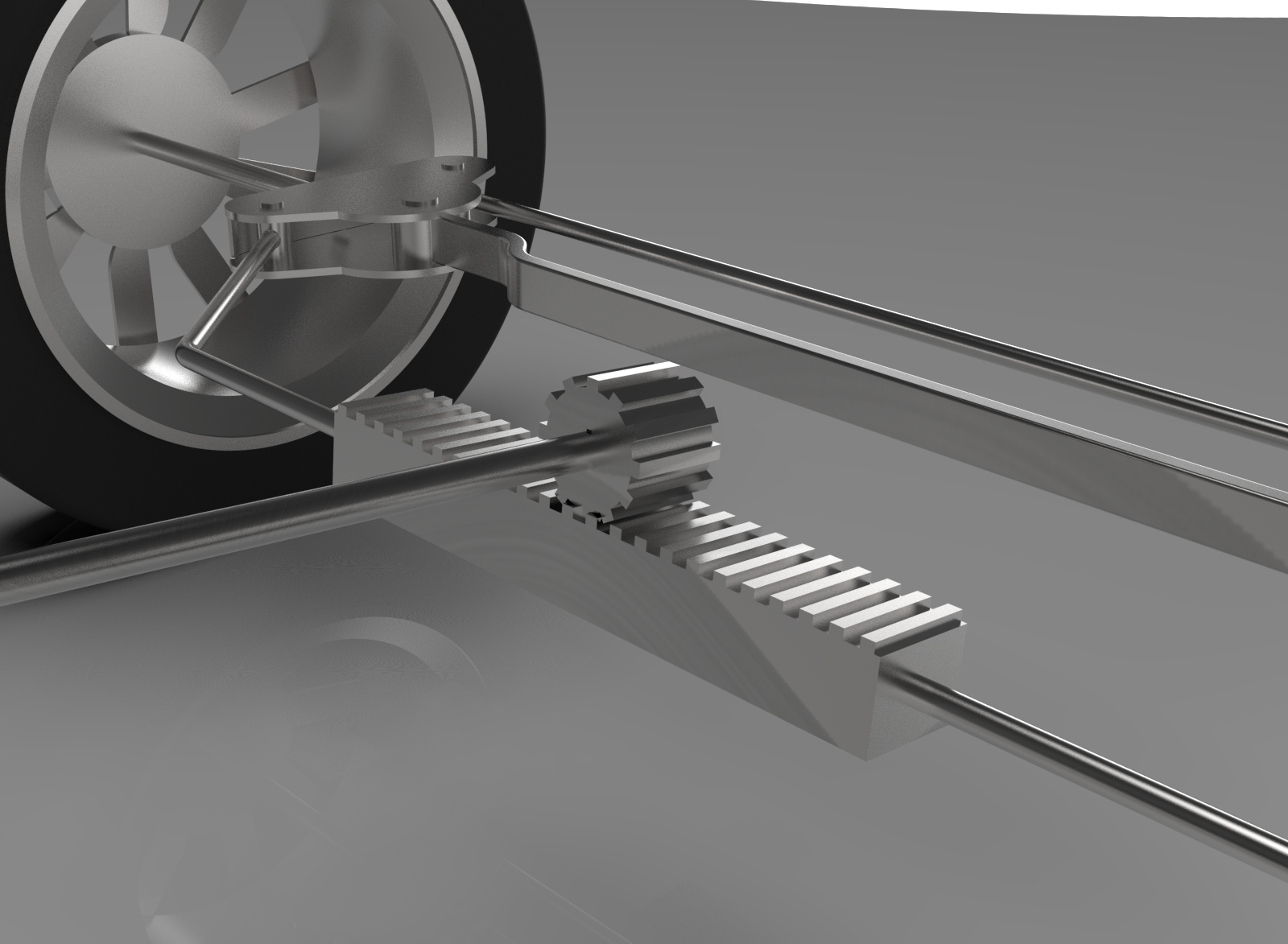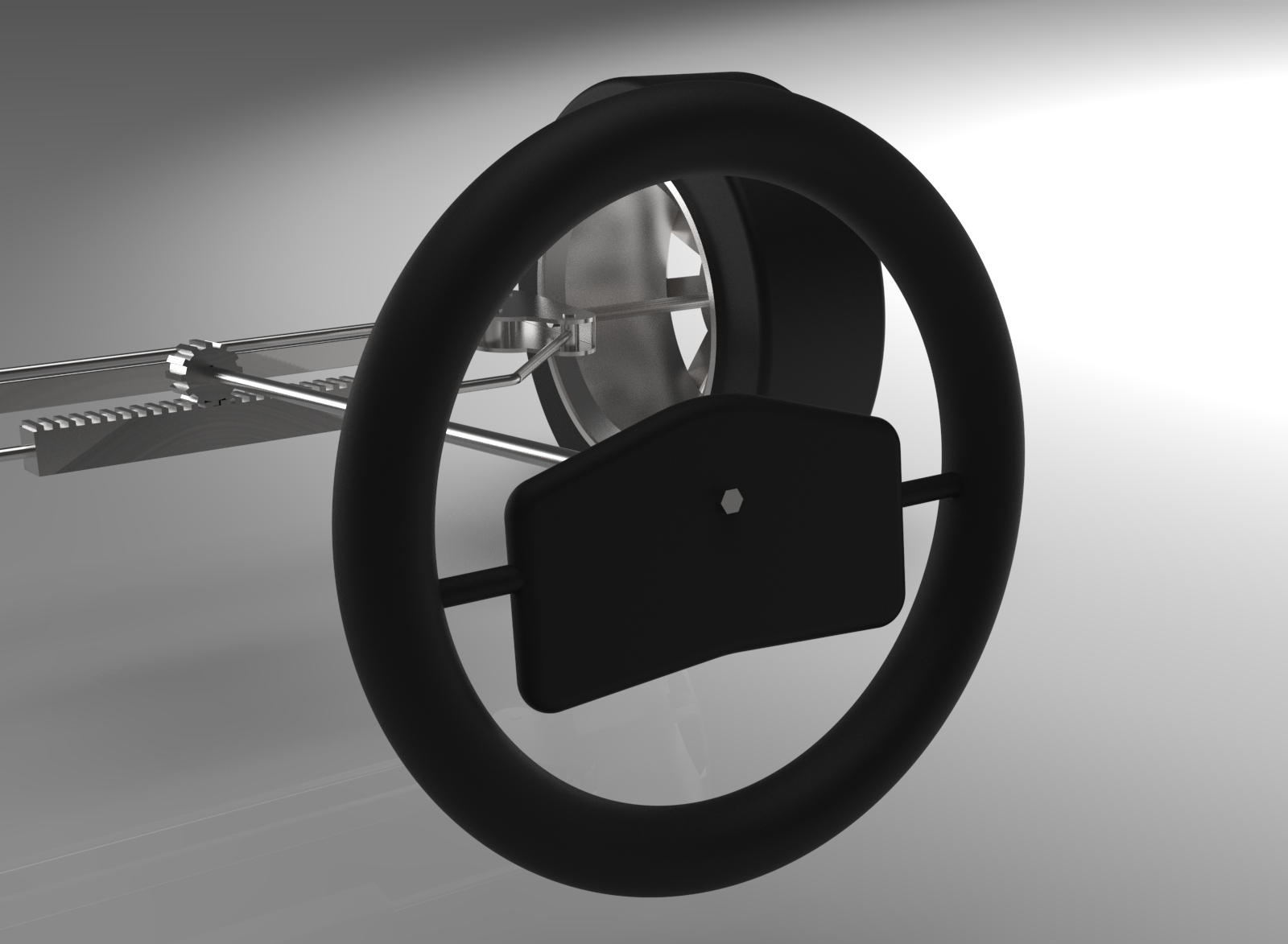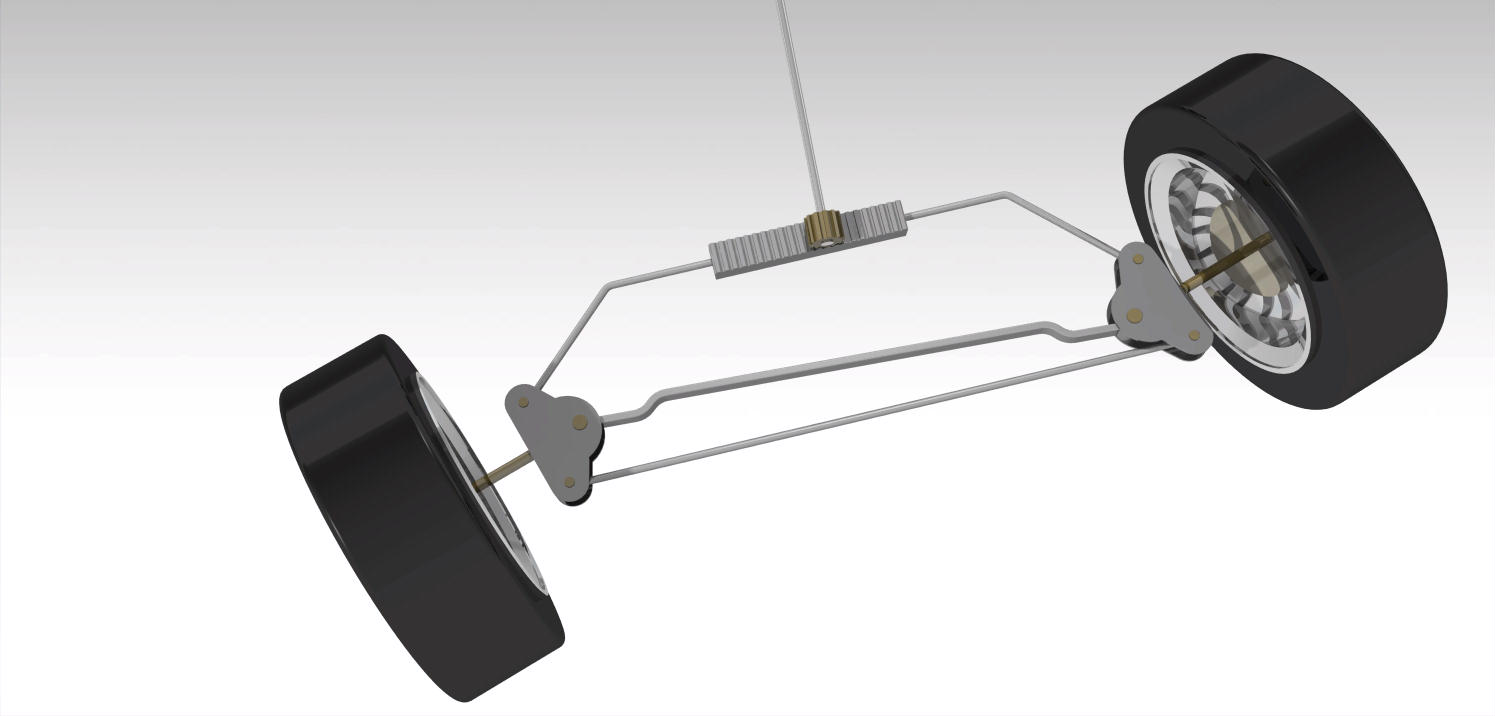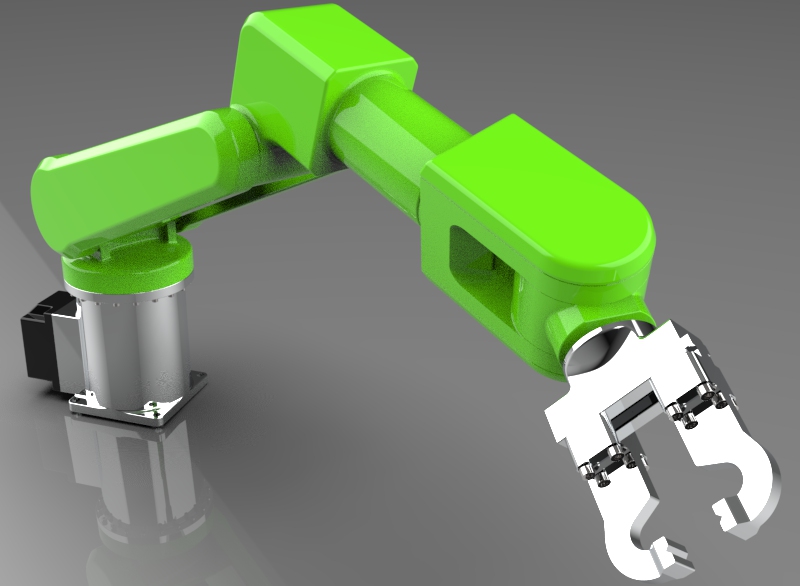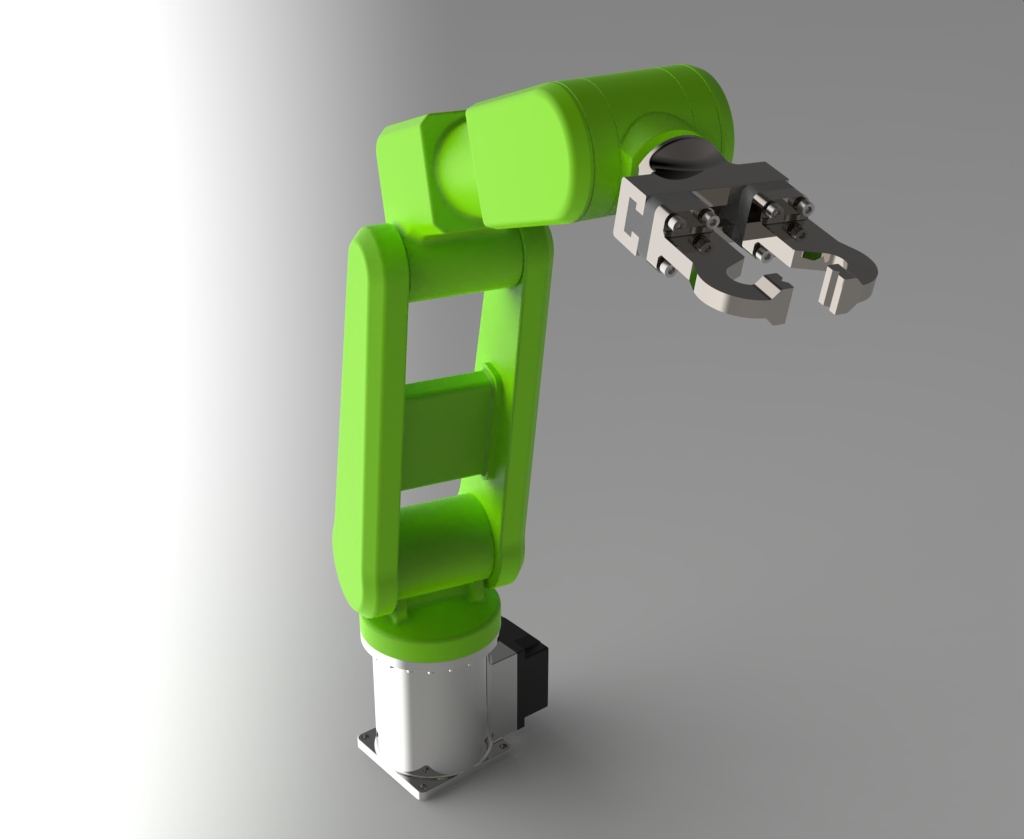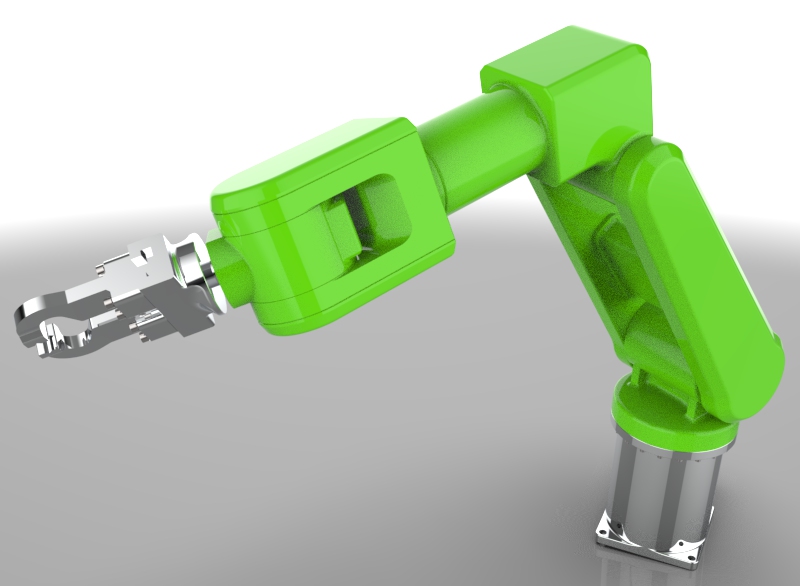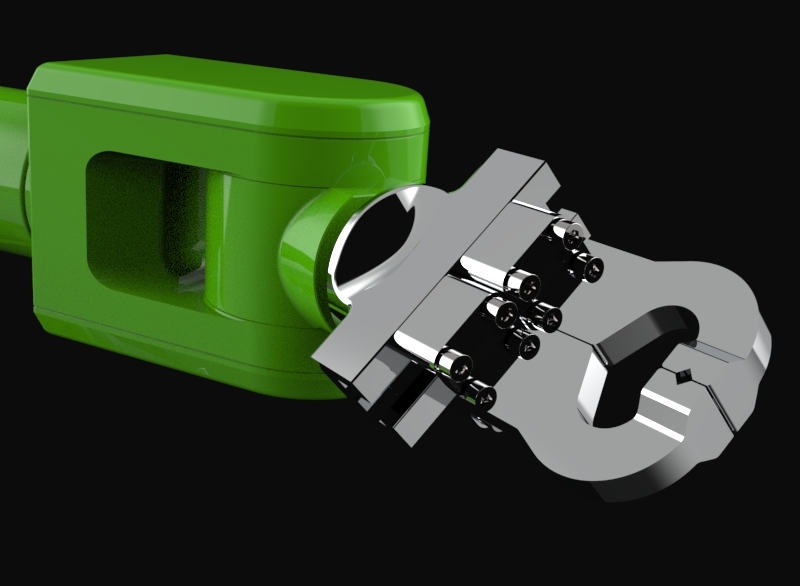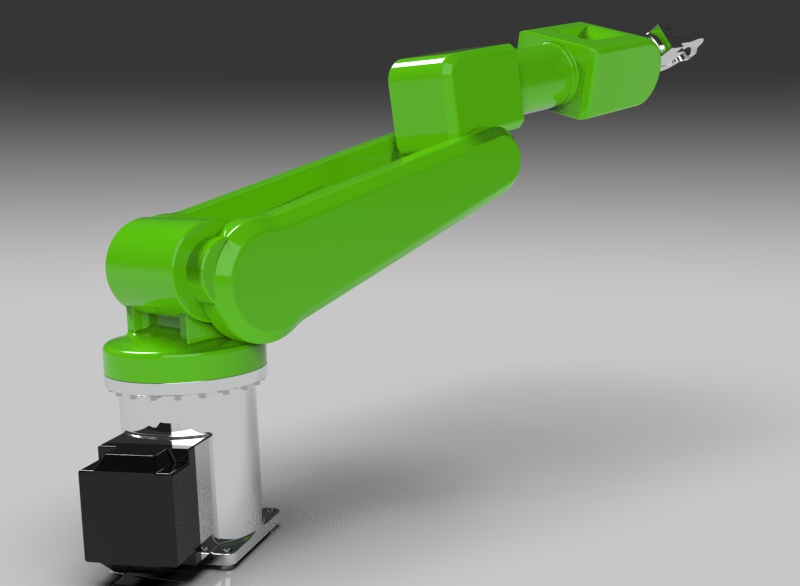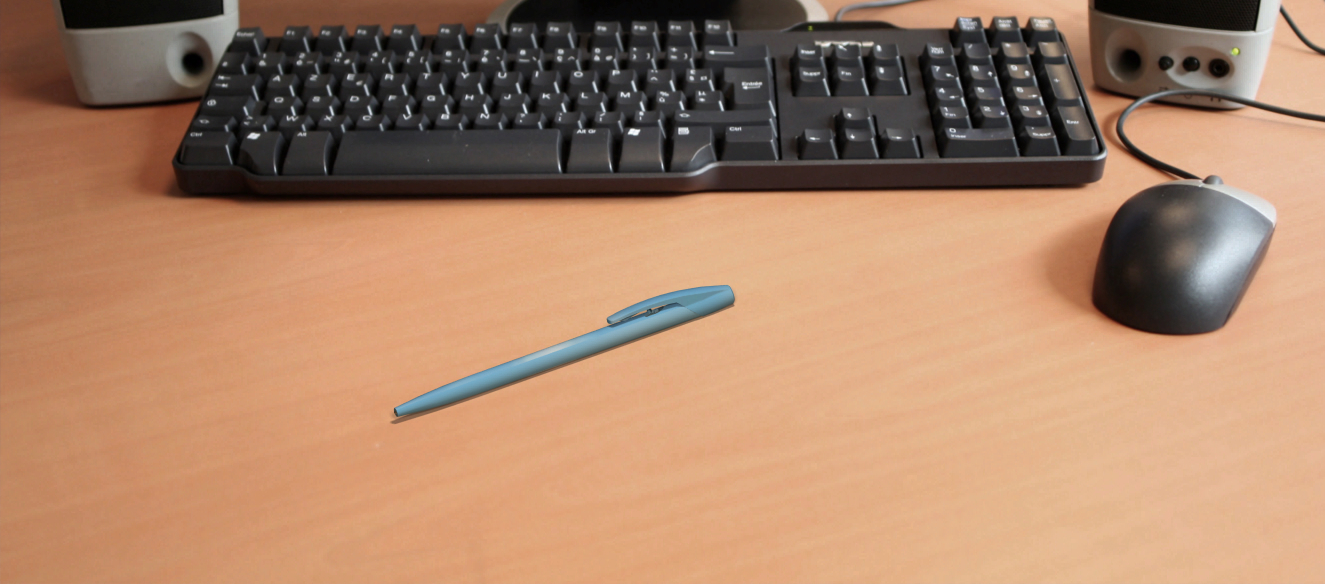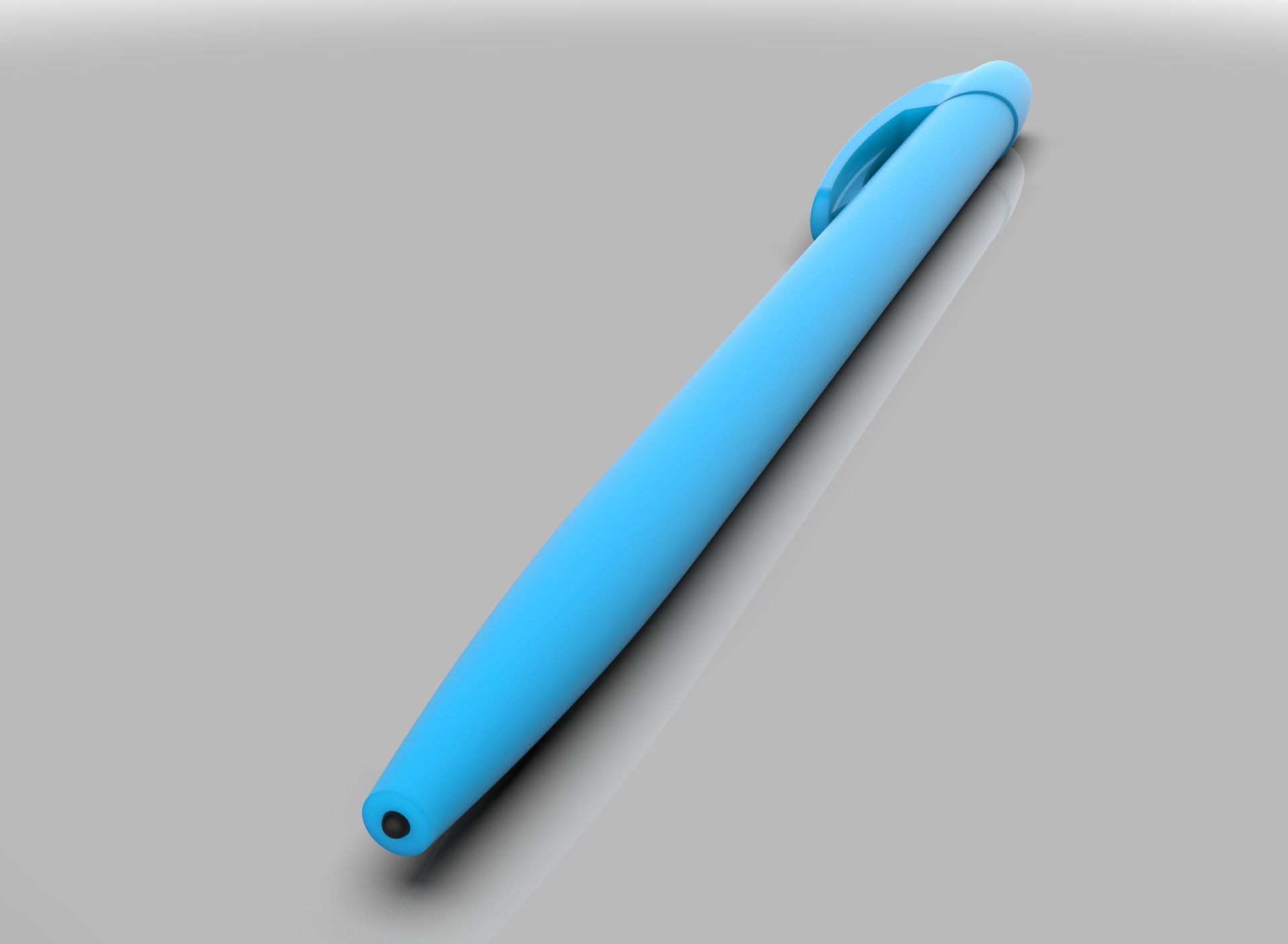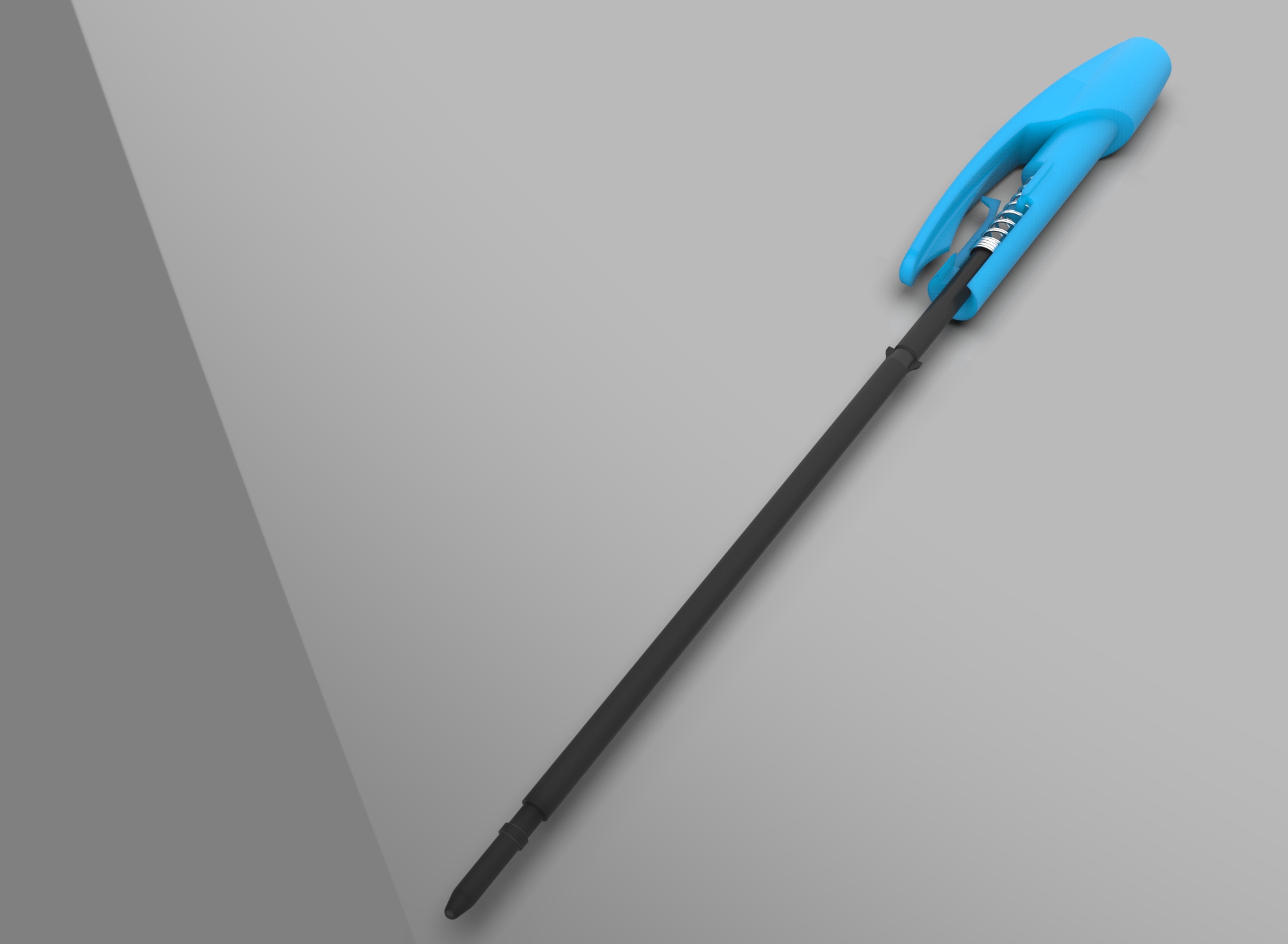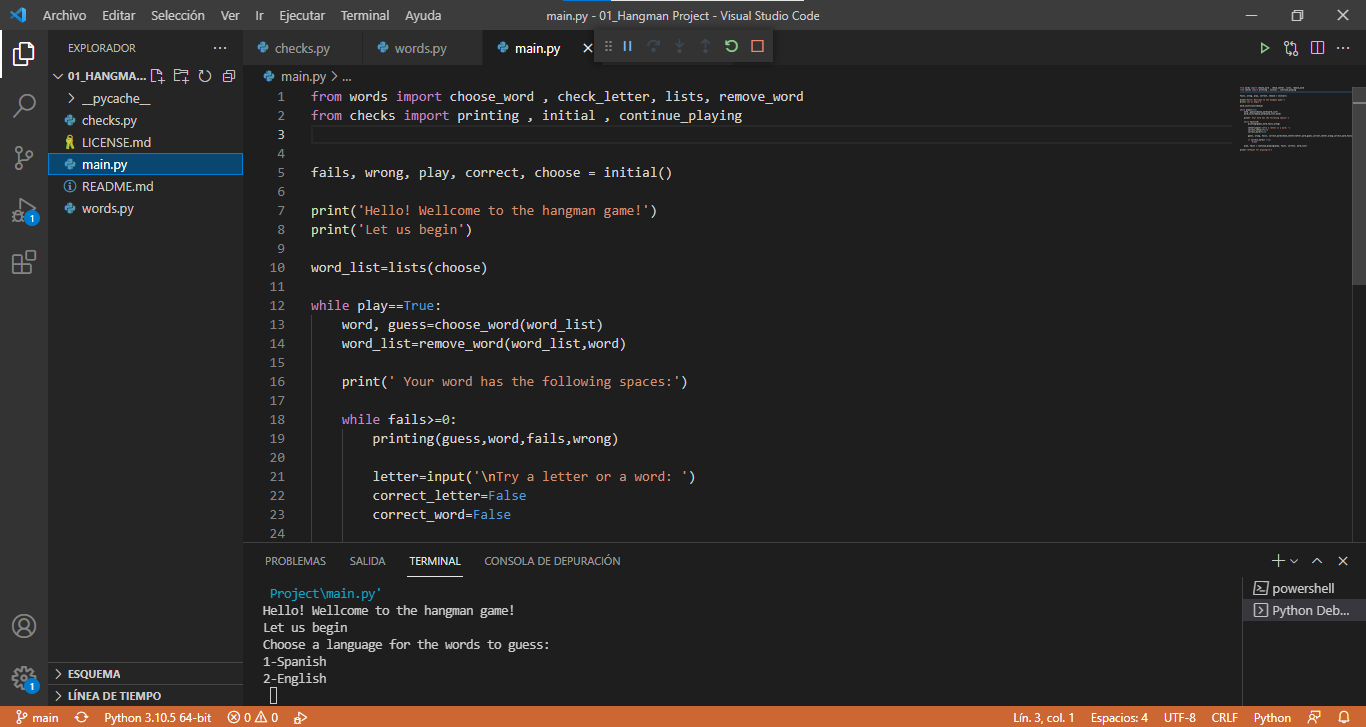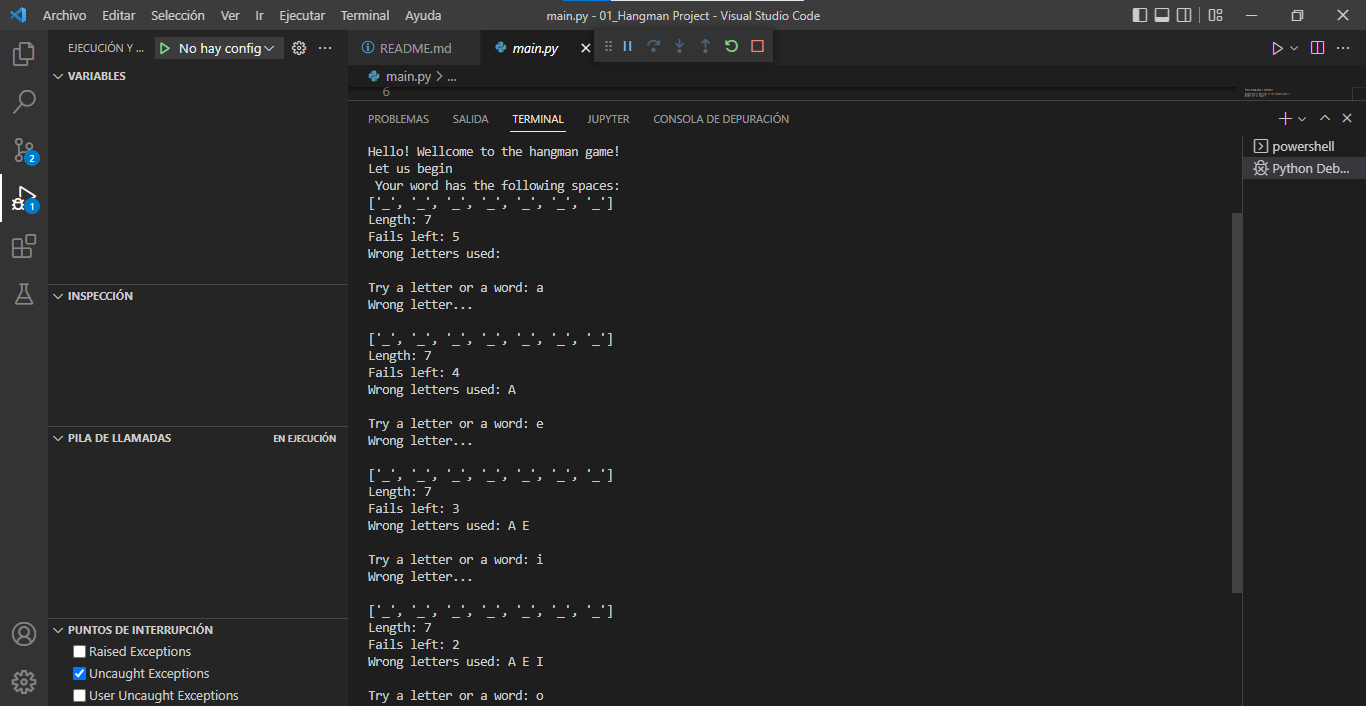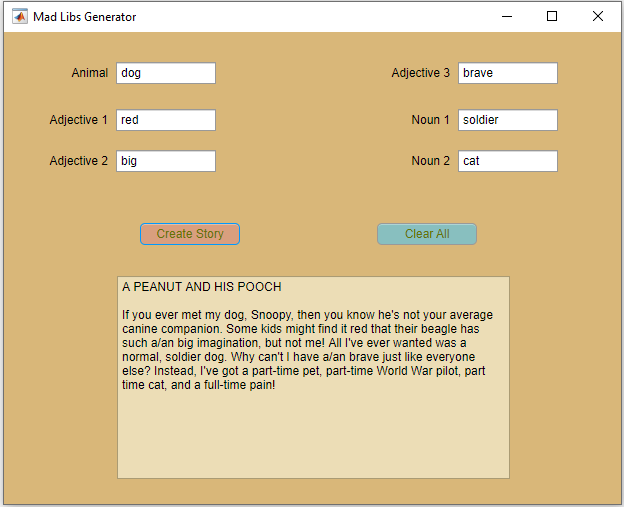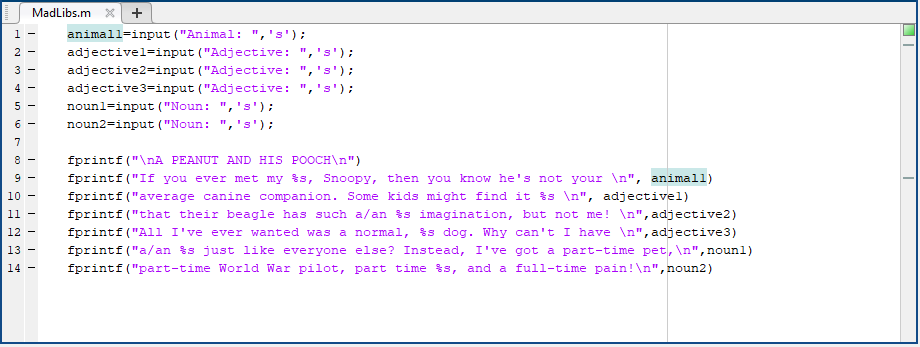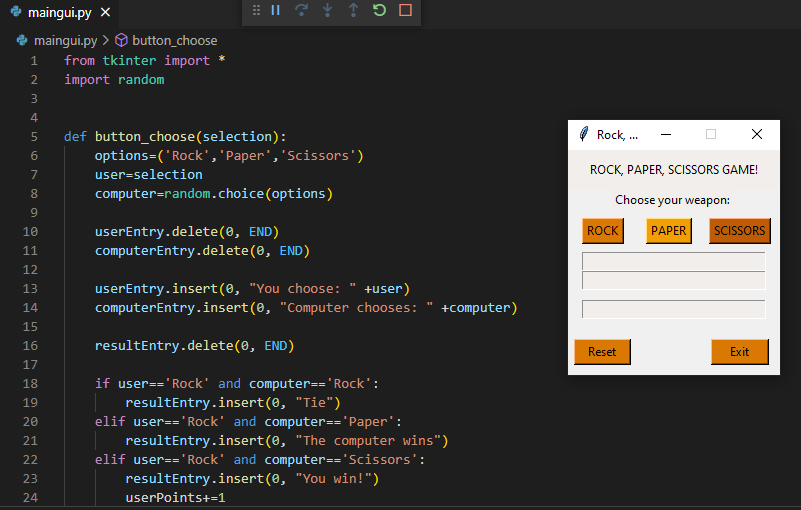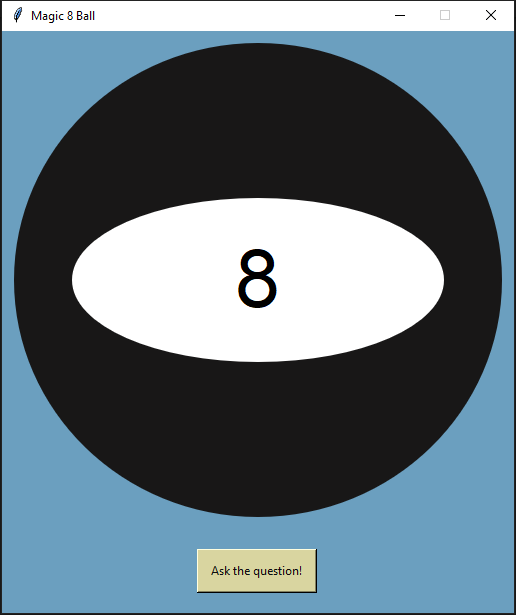A LITTLE ABOUT ME!
Hello! My name is Sandra, and I am an Industrial Technology Engineer (mechatronics speciality) with a passion for technology, learning, and innovation. I graduated as an industrial technology engineer specializing in mechanics. After that, I finished my master's degree in mechanical design. Currently, I am studying for a master's degree to specialize in electronics and automation.I have worked on engineering projects in various companies, from a designer of mechanisms for the space sector to an engineer of wind turbine systems.I consider myself a person with a great desire to learn, always looking for new challenges and opportunities to continue growing as a professional and to contribute to the development of fascinating engineering projects!

MY PROFESSIONAL CAREER:
In my last year
of university, I joined my colleague's "Formula Student" team,
where I learned to design different elements for racing
vehicles. In this team, I had the opportunity to introduce
myself a bit to the professional world.After graduating, I started working as an intern at different
companies. The first was Microdeco, where I was responsible for
parts approval in the quality department. There, I enormously
developed my customer service and report-writing skills. Later,
I took the opportunity to do an internship at Altran as a
structural designer for an air taxi. I worked on highly
innovative and challenging projects that helped me develop my
technical design skills and teamwork.After a year as an intern, I leapt and started at Sener
Aeroespacial, where I worked as a mechanism designer for the
aerospace sector. After two years in this sector, I tried out in
the renewable energy sector at Siemens Gamesa, supporting the
wind turbine manufacturing and assembly team. I was in charge,
together with my teammates, of solving any doubts they might
have regarding actuation systems.Currently, I am at Airbus Defense and Space as a mechanical
design engineer. I specialize in the fuel system for innovative
and challenging projects that will mark a before and after in
military aviation.
TECHNICAL SKILLS:
- Mechanical Design: CATIA V5, SolidWorks
- Mechanical Analysis: CATIA V5, SolidWorks
- Rendering: Keyshot
- Control and automation: PIC Microcontrollers (C, Assembly)
- Programming: MATLAB, Python
SOFT SKILLS:
- Customer service and communication in English, Spanish and
Basque
- Teamwork
- Ability to adapt to changing work environments
ACHIVEMENTS:
- I broke the record for the number of pieces approved in a
month thanks to a working method I carried out
- As a design engineer, I finished a preliminary design from
scratch in three months, which we successfully submitted to the
ESA
GET TO KNOW ME BETTER:
In my leisure time, I like playing video games or working out. I
also enjoy creating new 3d models or programs, which allows me
to develop my design and programming skills more. In addition, I
also love spending time with my family and my pets. It is hard
for me to sit still when it is about looking for new challenges
and opportunities to learn something new.
MY PROJECTS
MY PROJECTS
MY PROJECTS
MY PROJECTS
FORMULA STUDENT MEMBER
FORMULA STUDENT BIZKAIA
September 2017 - May 2018During my last year of engineering degree in industrial
technology, I was part of the Formula Student team of my
faculty, a project that allowed me to develop skills in various
areas, from design and structural analysis to business
management and sponsorships.My area of expertise was unsprung mass, specifically steering
and brakes. Due to this experience, I acquired advanced
knowledge in CATIA V5 software and structural analysis with
ANSYS. In addition, I collaborated in the manufacture of
automotive parts in collaboration with different professional
training centres and assembled some of them in the final
prototype.But my work in the team was not limited to the technical area.
I was also part of the business team, where I worked creating a
product and its subsequent presentation and sale to potential
sponsors. This process was carried out in English, simulating an
actual situation. Thus, it allowed me to improve my
communication and persuasion skills and learn to work as a team
and adapt to changing conditions.In summary, my experience in the Formula Student team allowed
me to develop technical and soft skills that I consider
essential for any professional today.
PPAP Writer for Parts Homologation
MICRODECO S.A.
June 2018 - November 2018At Microdeco S.A., my first job in an engineering company, I
was part of the quality team in the automotive sector. As
responsible for customized components approval for each client
according to their drawings, I carried out different quality
control activities such as visual inspection and measurements
(metrology) using conventional tools and the three-dimensional
machine. After carrying out these activities, I would write the
corresponding document to standardize the type of part with all
the necessary sections and send it to the client for their
review and approval.In addition, I was in charge of directly solving the problems
and doubts that the client might have in the approval process,
so I maintained constant and effective communication with them.
This experience allowed me to develop skills in communication
and teamwork within a production environment, as well as
quality.
Design and Structural Analysis in R&D
ALTRAN
January 2019 - October 2019At Altran, I had the opportunity to work as a design and
structural analysis engineer in the space and defence R&D
department, specifically in an air taxi structure design. During
my time there, I used CATIA V5 to design the structure and
Hypermesh to perform various structural analyses, including
linear, buckling, non-linear, and modal.In addition, I wrote several documents that detailed the design
process to present to different collaborating entities and my
superiors. I worked in a multidisciplinary team with other
engineers from different specialities, which allowed me to
develop teamwork and efficient communication skills in a highly
technical environment.This experience expanded my structural design and analysis
knowledge while acquiring essential technical reporting and
teamwork skills.
Mechanical Design Engineer
SENER AEROESPACIAL
November 2019 - January 2022I worked as a mechanism design engineer for the aerospace
sector in SENER Aeroespacial for more than two years. In this
position, I was responsible for the 3D designs and preliminary
structural analyses using CATIA V5, including linear, modal and
buckling studies. In addition, I developed the manufacturing
drawings of the designed components, assembly guides and design
reports.Also, as part of my work, I assembled the mechanisms I designed
and assisted in prototype validation tests. This experience
allowed me to develop technical skills in mechanisms design,
analysis, manufacturing drawings and technical documentation
elaboration.In summary, my experience in SENER Aeroespacial allowed me to
acquire valuable skills in the aerospace industry and to work in
a production environment that required precision and attention
to detail in the design and manufacture of the components.You can check this example video, courtesy of the company,
showcasing some of the mechanisms designed in SENER
Aeroespacial.You will see from the hefty mechanisms created, such as the
gateway, to smaller ones, such as the resource transfer
umbilical.
I mainly participated in the fluid transfer mechanisms design that would go installed in the resource transfer umbilical we see in the video above.
Systems Engineering Professional
SIEMENS GAMESA
January 2022 - October 2022At Siemens Gamesa as a systems engineer, I worked in a
fast-paced and exciting environment where I supported the
factory and wind turbine plants in everything related to
actuation systems. Whenever problems or doubts arose, I was
responsible for carrying out exhaustive analyzes of the
components involved using internal tools and working in
collaboration with different departments, which allowed me to
develop skills in both communication and problem-solving.In addition, I also supported the design team in the
configuration and design of specific wind turbines for different
plants, taking into account the client's requirements and the
working conditions of the wind turbines. This experience helped
me have a complete vision of the manufacturing and design
process of wind turbines, which allowed me to improve in
identifying and solving problems.In general, my experience at Siemens Gamesa allowed me to
develop valuable skills in the systems engineering area and let
me work in a multidisciplinary environment, always focusing on
quality and excellence in customer service.
Mechanical System Installation Design Engineer
Airbus Defence and Space
October 2022 - CurrentlyI currently work at Airbus Defence and Space as a system design
engineer specializing in the fuel system for European military
aircraft. My primary responsibility is to design the different
components and piping routes of the fuel systems, collaborating
with other engineers on the team to reduce costs and weight
without compromising quality. I use the 3DX platform to design
and simulate different solutions. I also write technical reports
to document the design process of the fuel system.Working on the latest European military aircraft allows me to
be in contact with innovative technologies and processes.
Working in such a dynamic and challenging environment has
allowed me to develop skills in managing complex projects and
making decisions under pressure.In summary, my experience at Airbus has allowed me to develop
technical skills in system design and project management while
allowing me to work on projects of high impact and relevance to
the aeronautical industry.
-
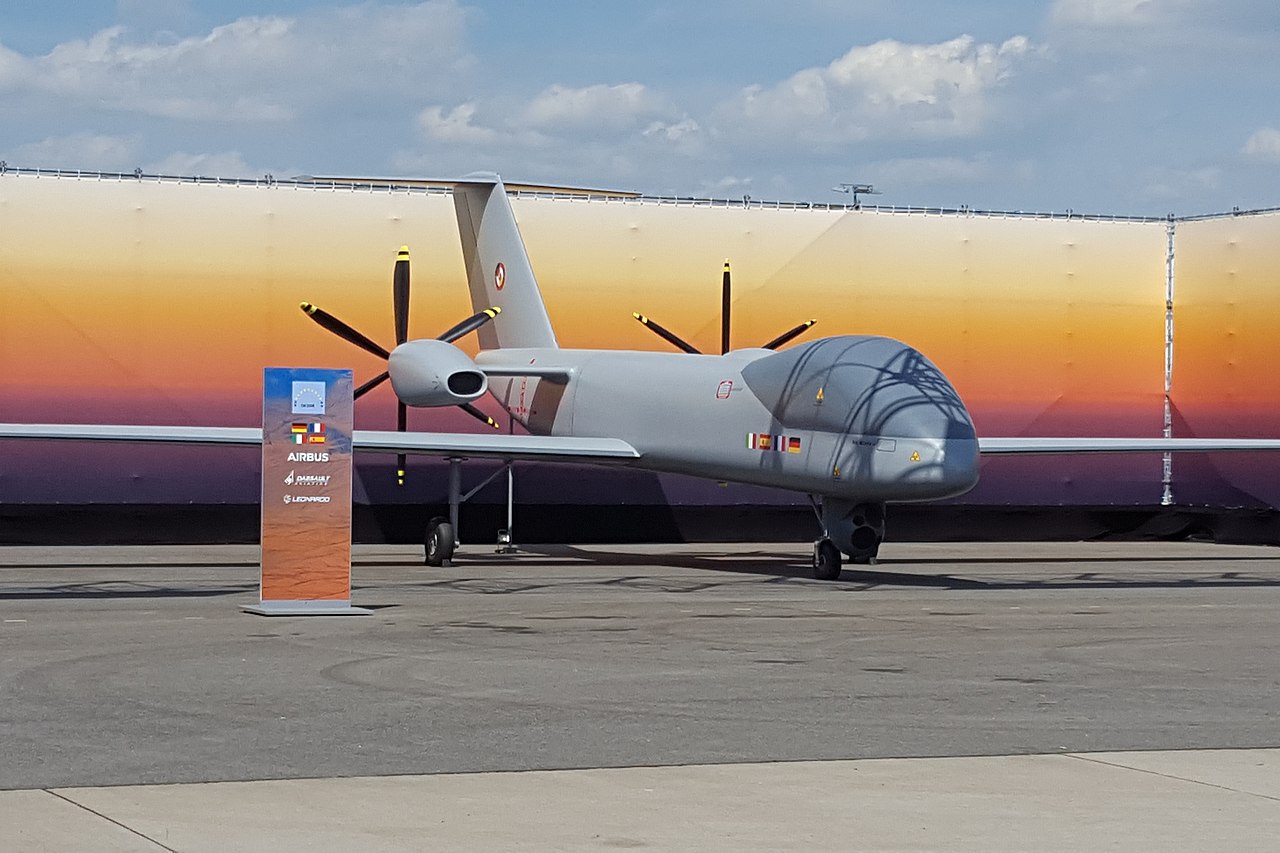
EuroMALE
Pipe Clamp Design and Analysis
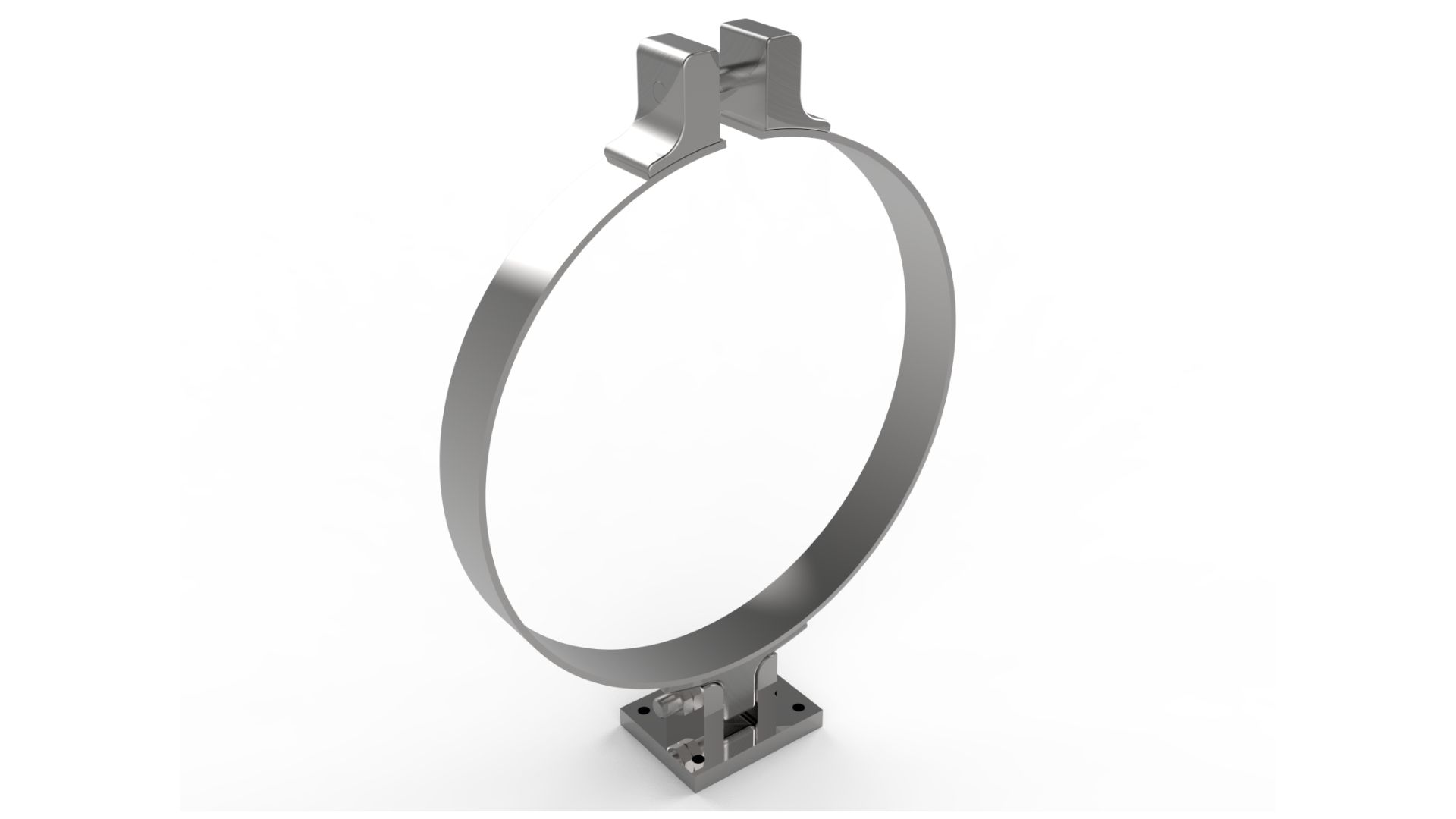
As a personal project, I designed a pipe clamp using CATIA V5 and carried out a mechanical analysis of finite elements to validate its resistance. I established the necessary boundary conditions, such as contacts or screwed unions. After, I applied a downward vertical load to simulate the force generated by the fluid that runs through the pipe. The material used was generic stainless steel, and I worked on the parts validation that makes up the clamp to ensure its resistance and functionality.
-
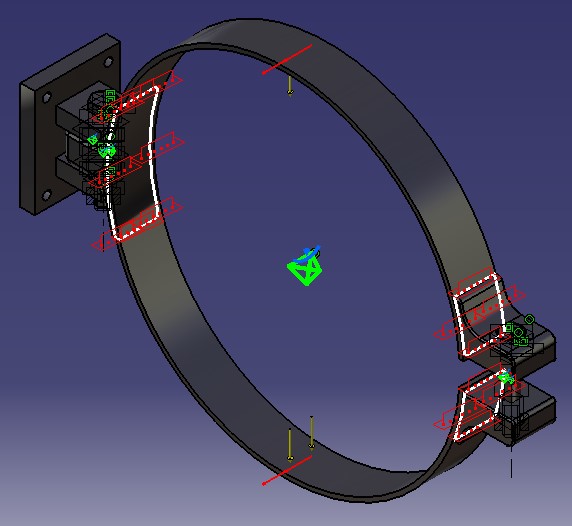
Boundary Conditions
After analyzing the Von Mises stresses and the displacements in the model mesh nodes, I verified that the maximum stresses exceeded the limits allowed in some points of concentration of tensions (around some holes, where the precision of the analysis tends to be very low), so I decided to do more exhaustive studies. However, the displacements were small (maximum was 6mm) compared to the model dimensions (around 125mm diameter), so they did not negatively affect the design.
-
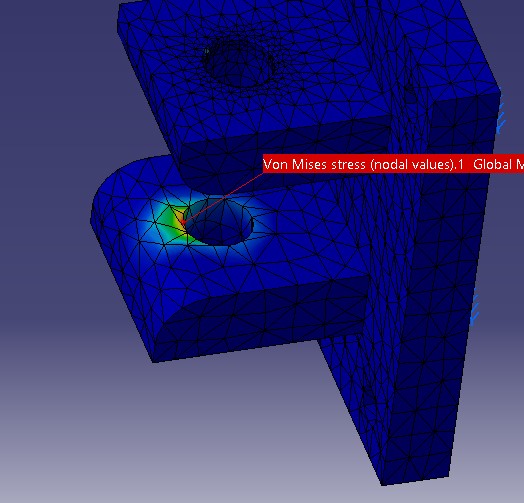
Von Mises Stress
-
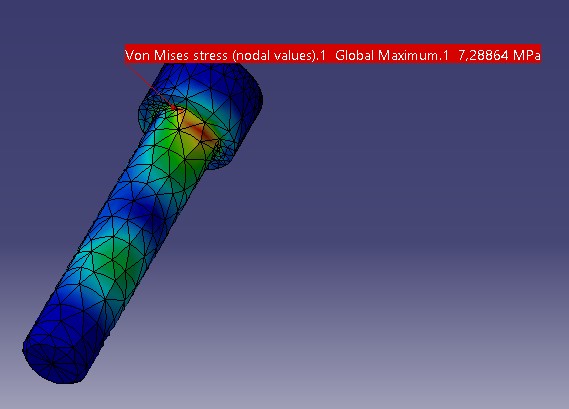
Von Mises Stress
-
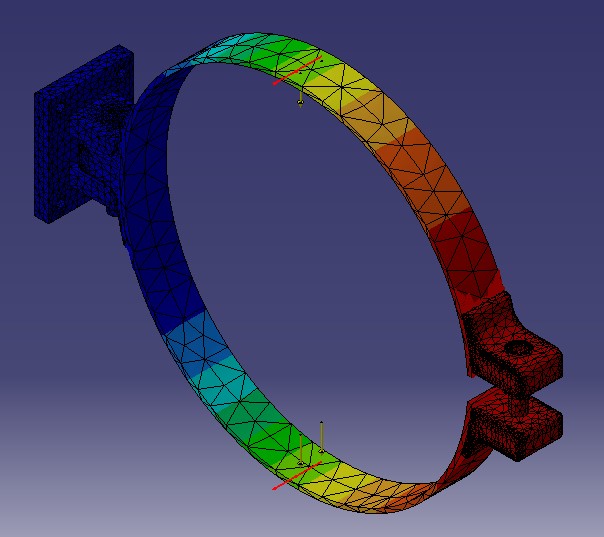
Displacement
I rendered the model using Keyshot, which allowed me to create photorealistic images and animations to show the design attractively.
This project has demonstrated my ability to design and simulate complex mechanical parts using finite elements and to find technical solutions to engineering problems.
Bicycle Crank Design and Analysis
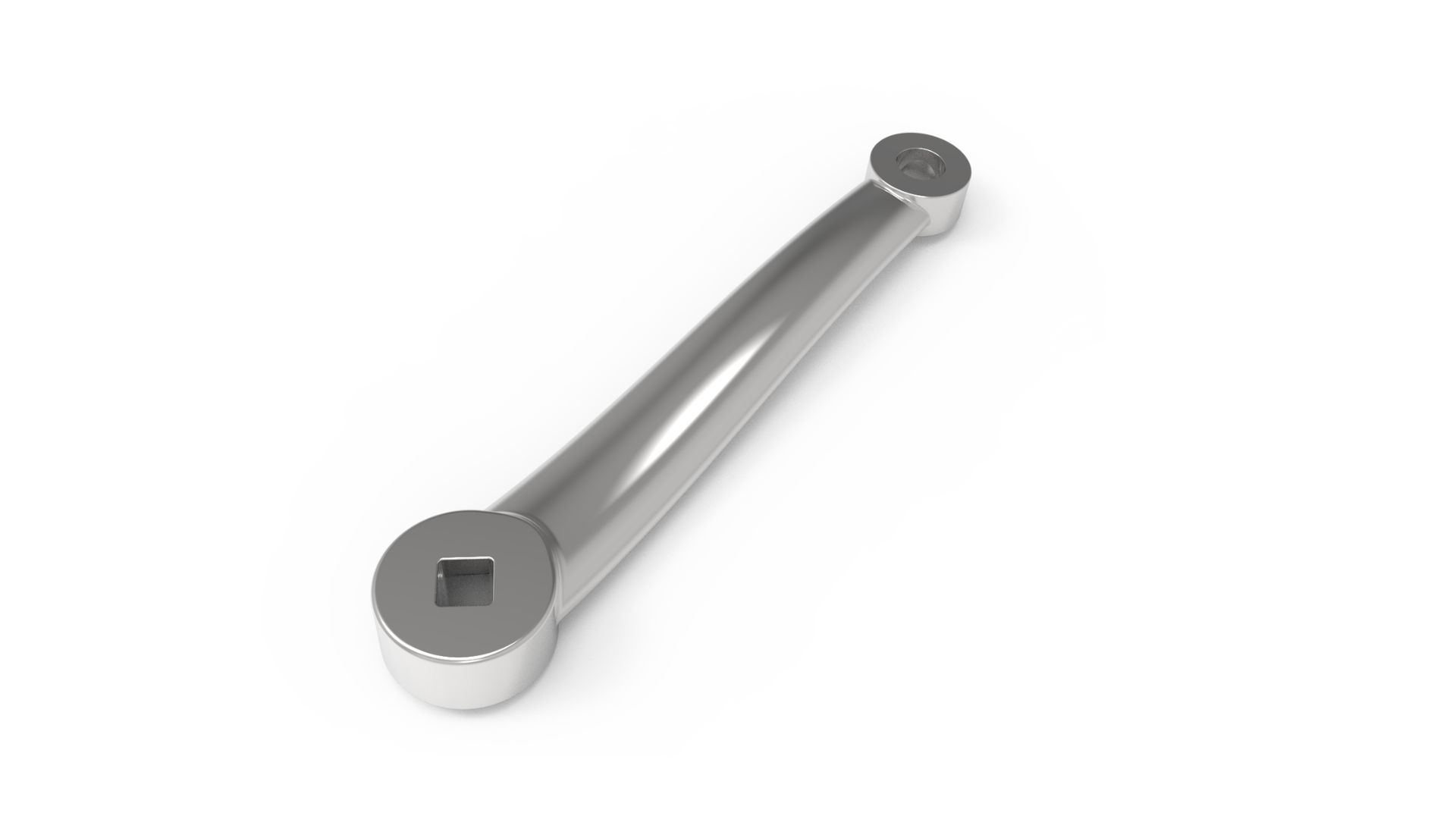
In this personal project, I designed a bicycle crank using CATIA V5. In addition to doing the 3D design, I carried out a finite element mechanical analysis to verify the stresses and deformations in the connecting rod. The chosen material was generic stainless steel.
-

Boundary Conditions
-
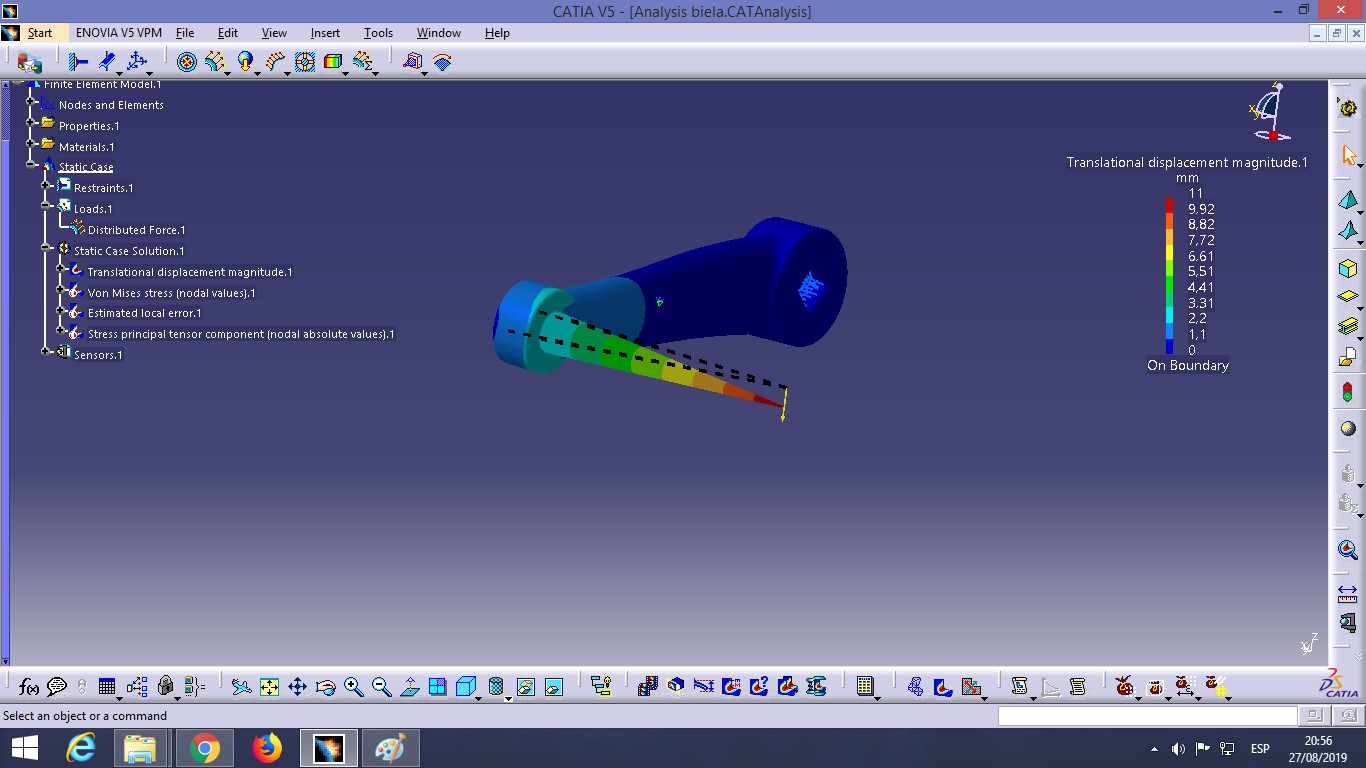
Displacements
-
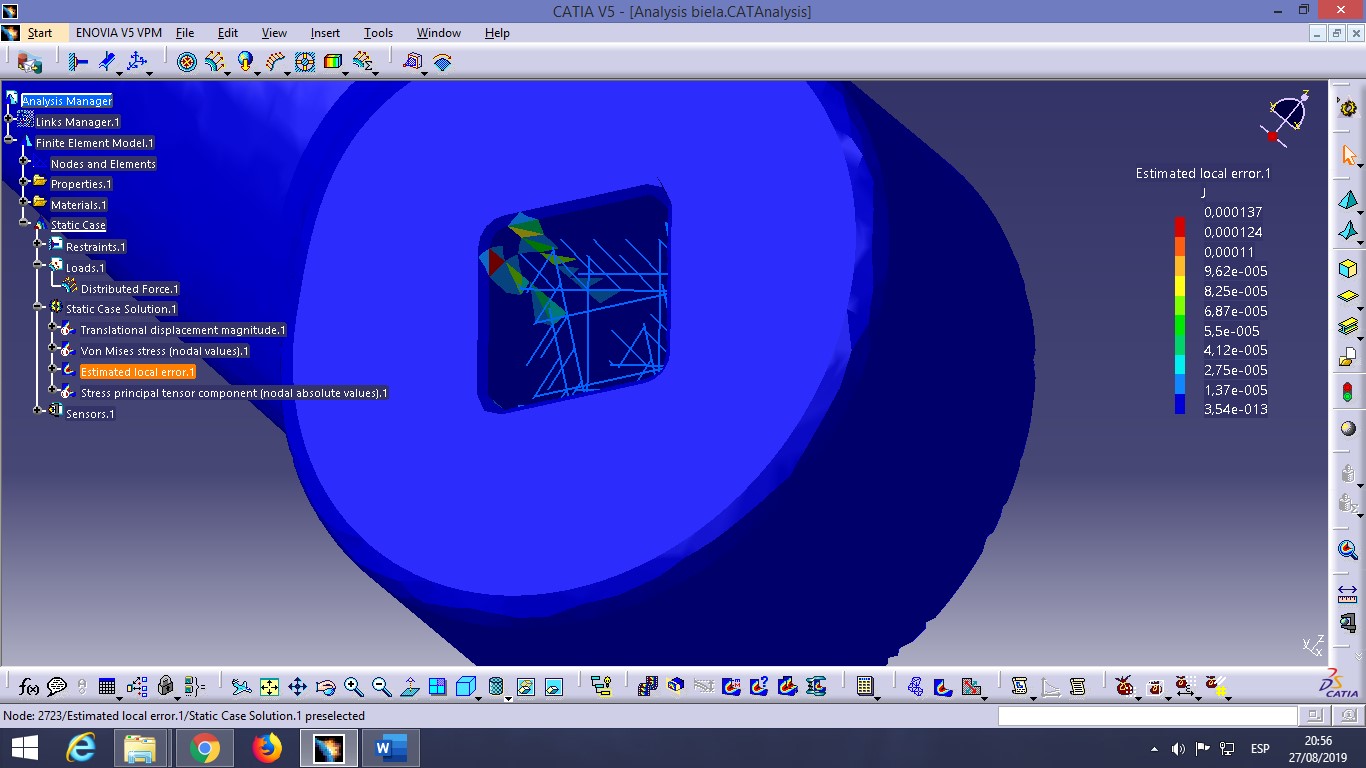
Error
-
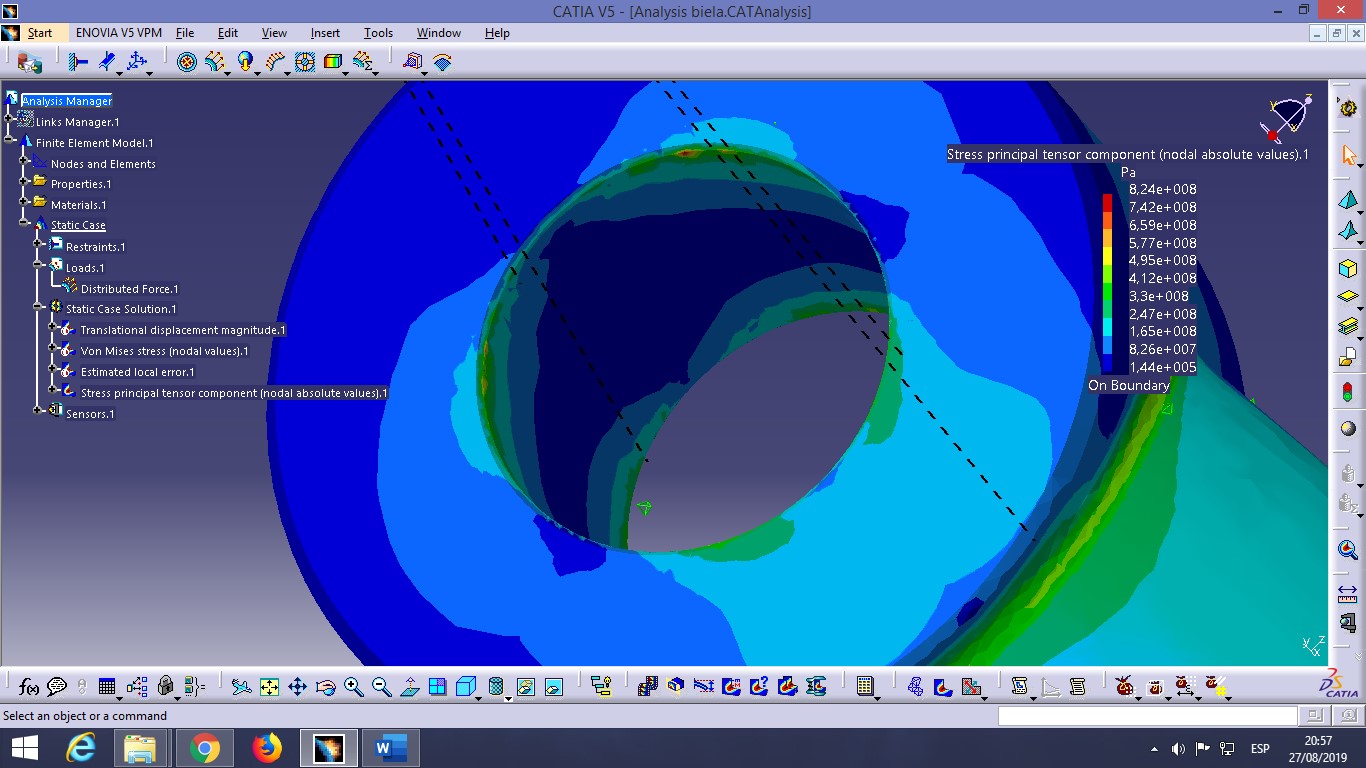
Main Stress
-
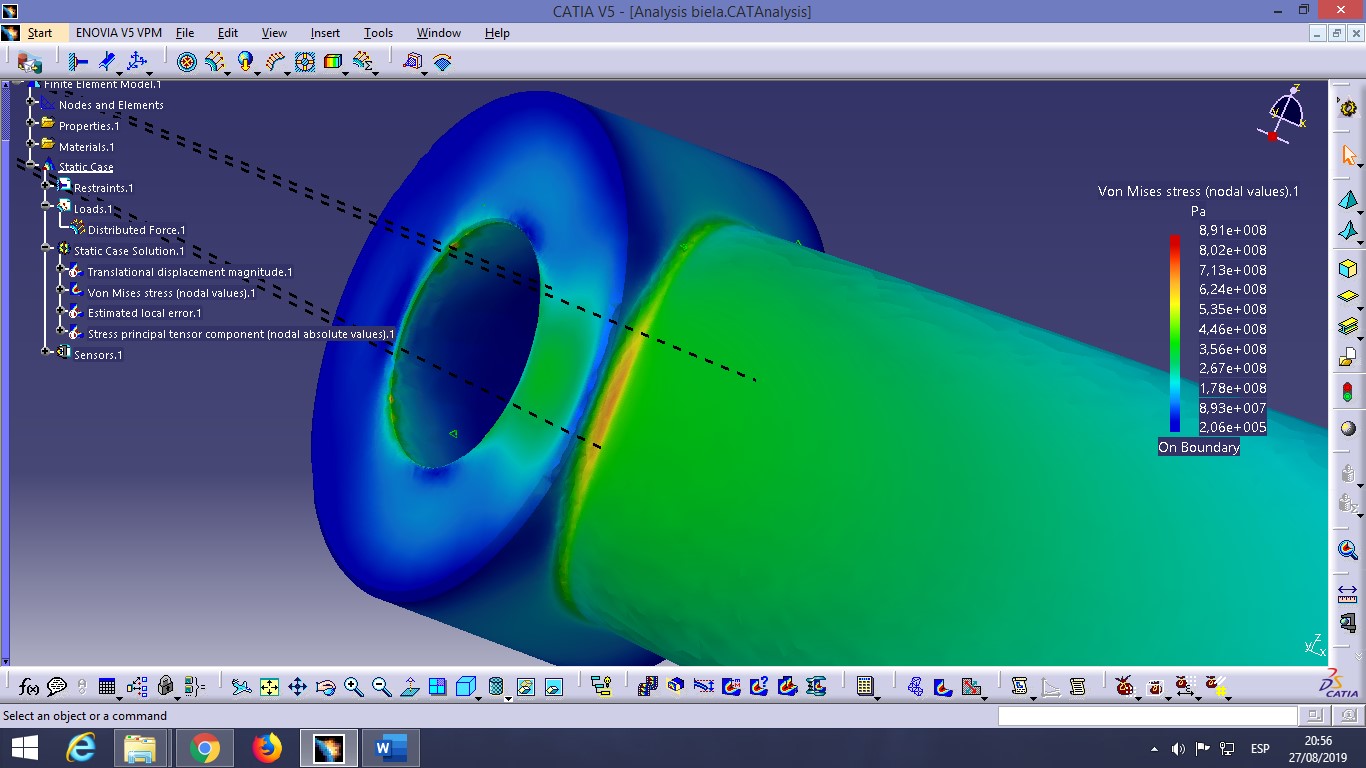
Von Mises Stress
In the creative process, I used CATIA V5 to do the 3D design and generate the mesh for mechanical finite element analysis. To present the model, I used KeyShot to create high-quality images showing design details.
This project helped me demonstrate my ability to perform mechanical design and finite element analysis. I also demonstrated skills in the use of design and rendering software. I am proud to have completed this project and hope it will interest the reader.
Piston-Connecting-Rod Design and Analysis
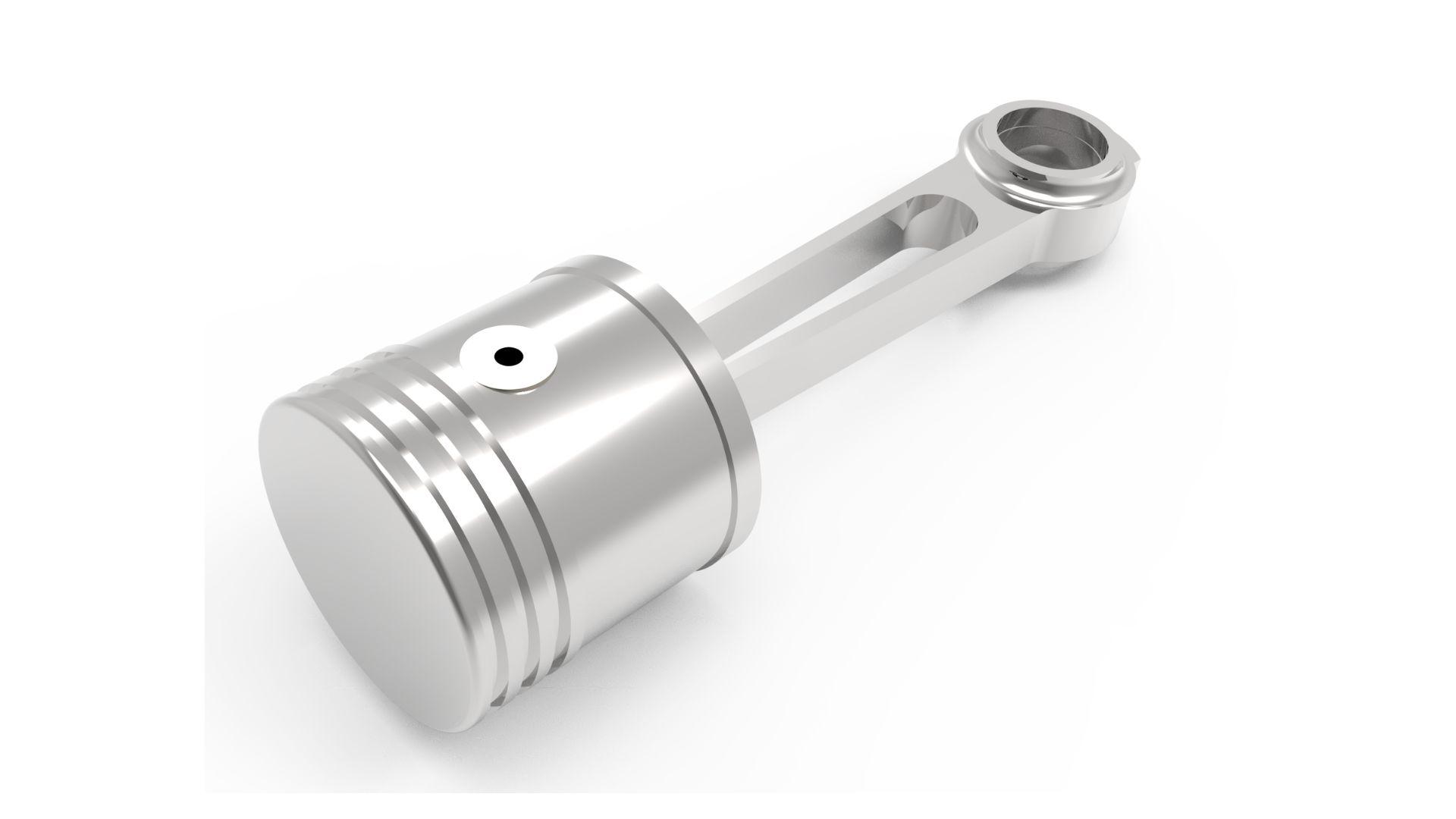
In this personal project, I designed a connecting rod-piston assembly using CATIA V5. Then, I carried out a finite element mechanical analysis to verify the supported stresses and the deformations it undergoes due to the usual operation of the engine. In addition, I considered the ambient temperature generated by the motor combustion to analyze it as accurately as possible. The material used has been generic stainless steel.I defined the necessary contacts, slips and fixed joints between the elements as boundary conditions. Regarding the loads to be supported, I have placed a vertical load on the top of the piston that simulates the force exerted by combustion. I carried out two different analyses, one considering the ambient temperature and one without it, to compare the results and understand how the temperature affects the whole.
-

Boundary Conditions
-
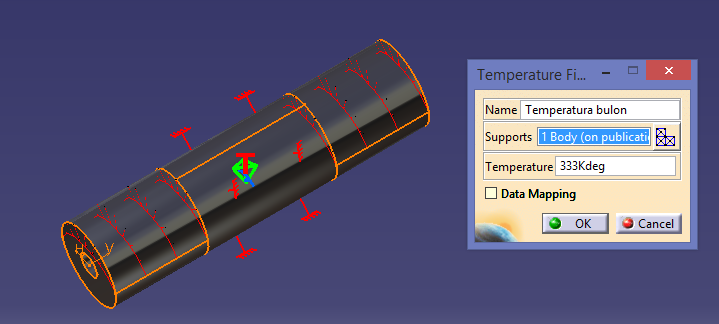
Boundary Conditions
-
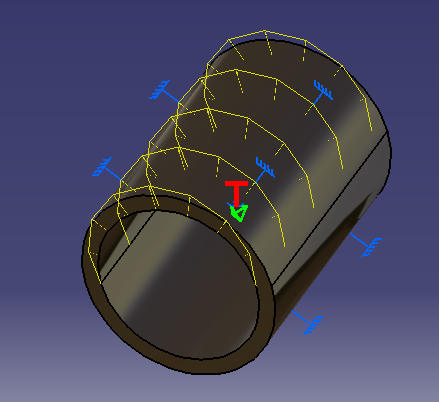
Boundary Conditions
-
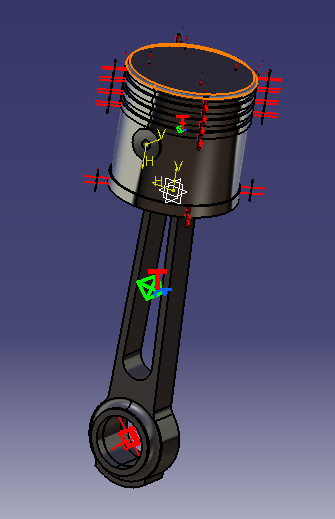
Boundary Conditions
-
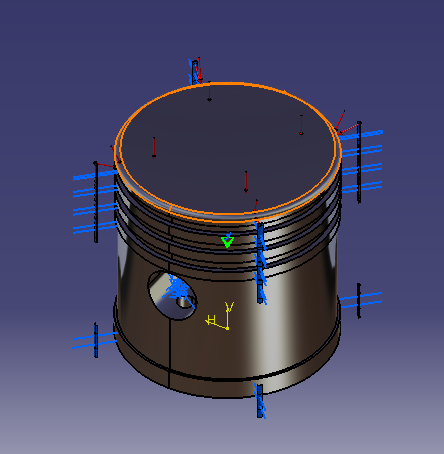
Boundary Conditions
-
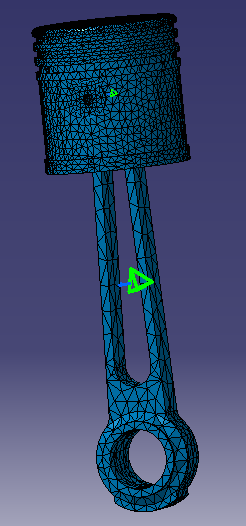
Boundary Conditions
To validate the model after the linear analyses, I verified the Von Mises stresses and the displacements in the nodes that form the model mesh. The results indicate that the stresses don't surpass the limit stresses and that the deformations are not too high. Therefore, the model is valid and fulfils its function.
-
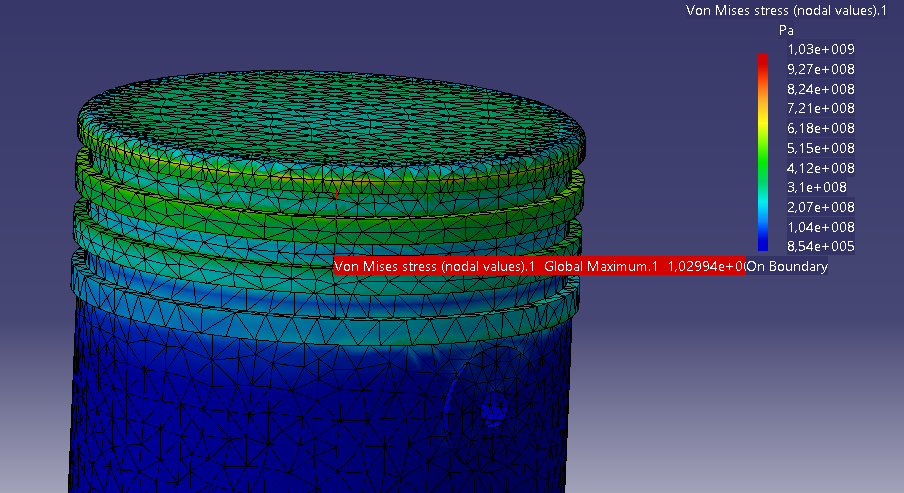
Von Mises Stress
-
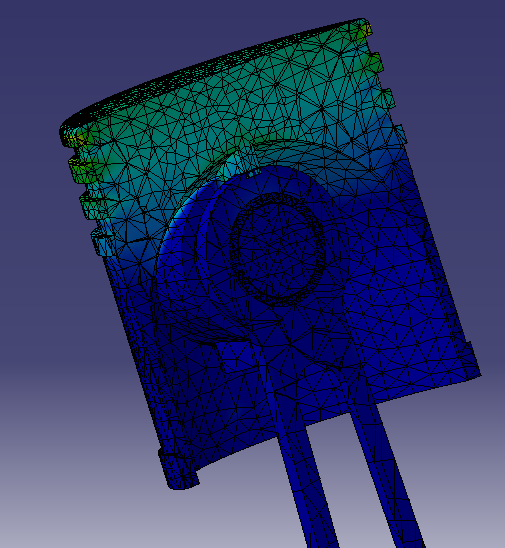
Von Mises Stress
I have documented the mechanical analysis process through photographs and renderings of the 3D model I made using KeyShot. This project demonstrates my ability to mechanically design and analyze complex assemblies and my ability to take factors such as ambient temperature into account in my analyses.
Power Transmission System Design & Analysis
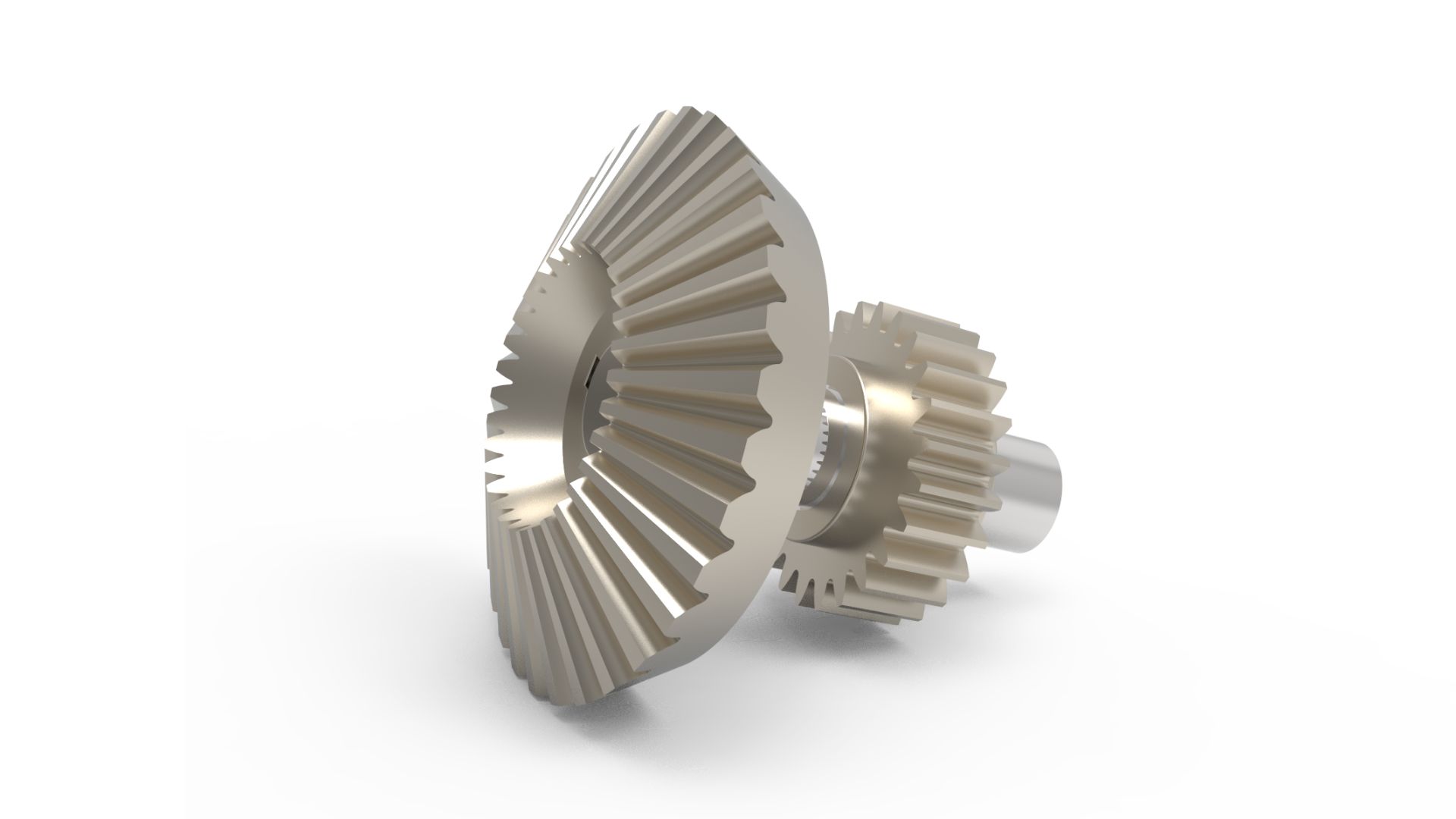
In this personal project, I designed and carried out a finite element mechanical analysis of a power transmission system based on different types of gear. I used CATIA V5 for the design and simulation, establishing the necessary boundary conditions to represent the actual operation of the system. The material chosen was generic stainless steel, and I placed a perpendicular load on one of the gear teeth to simulate the resistance to movement.To validate the model, I checked the Von Mises stresses and the displacements in the nodes that form the model mesh. Although I found small areas of stress concentration due to the geometry of the gear, the resulting stresses were not above the limiting tensions, and the deformations were acceptable.
-
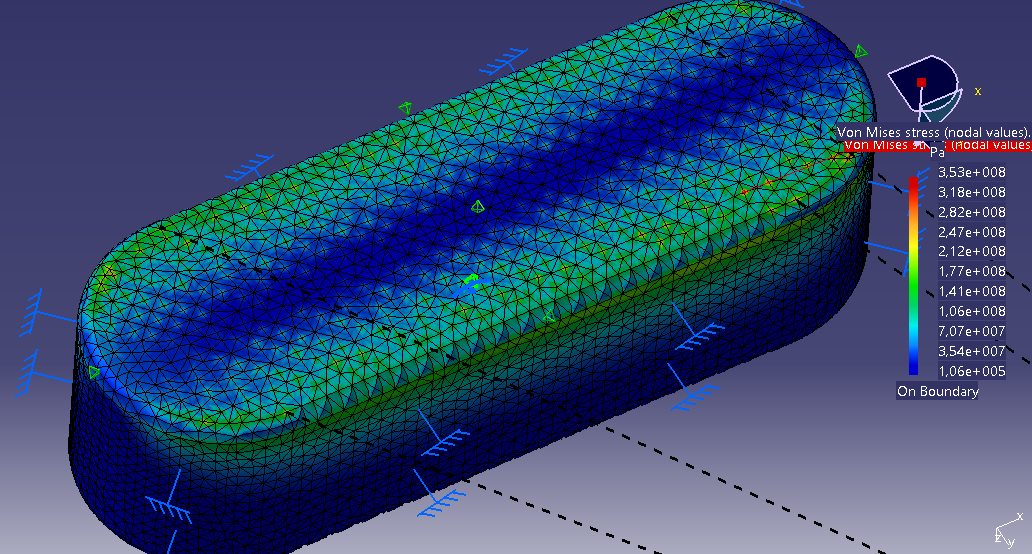
Von Mises Stress
-
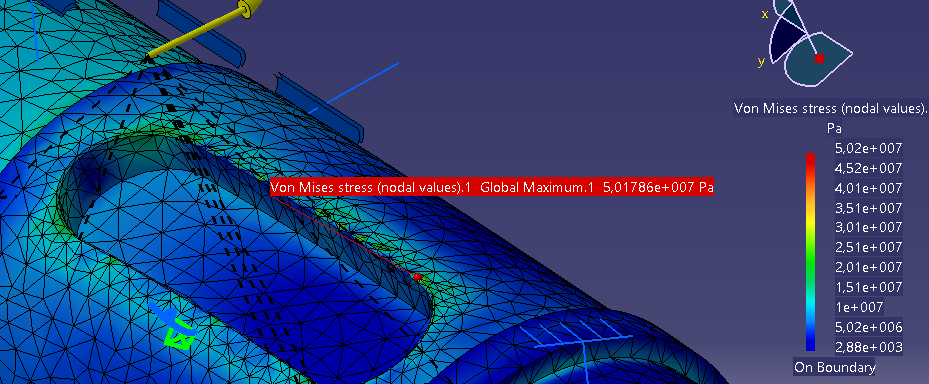
Von Mises Stress
-
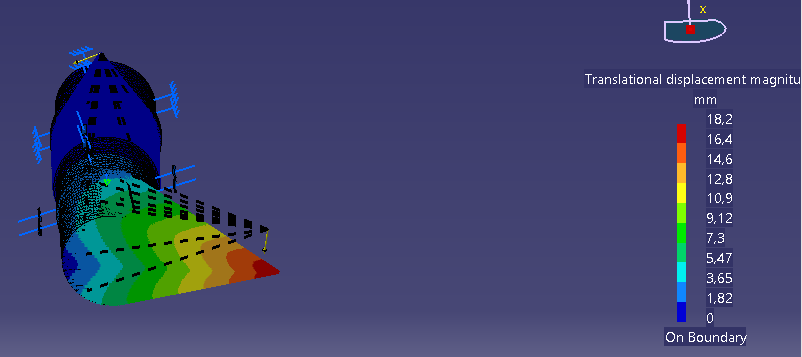
Displacement
-
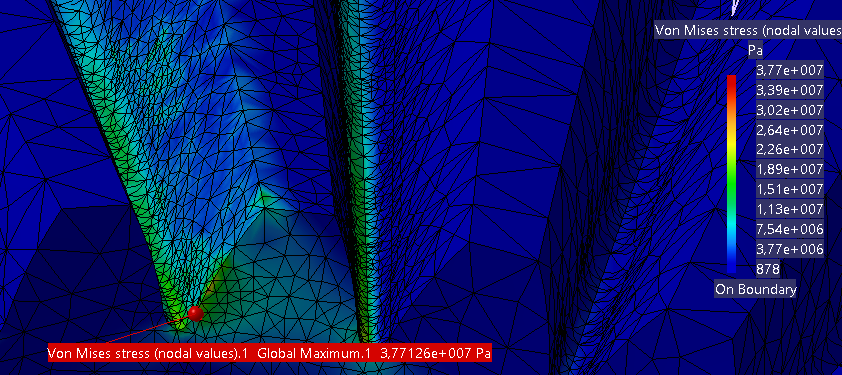
Von Mises Stress
-
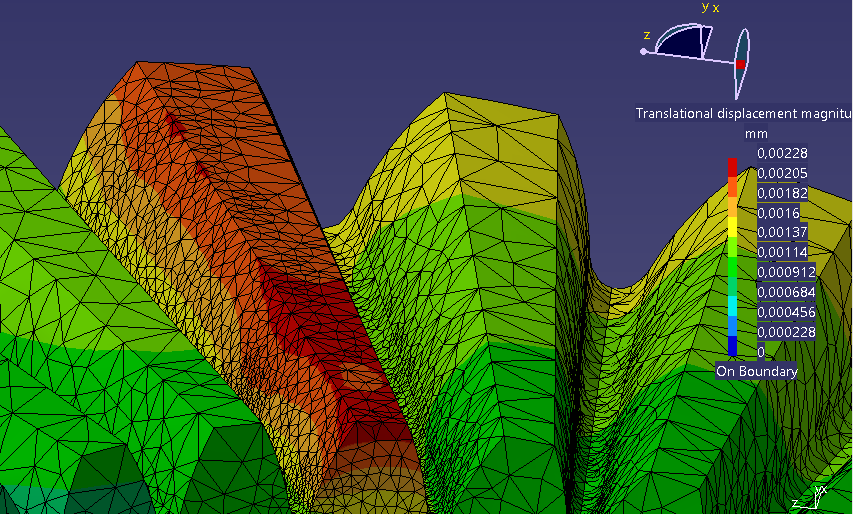
Displacement
-
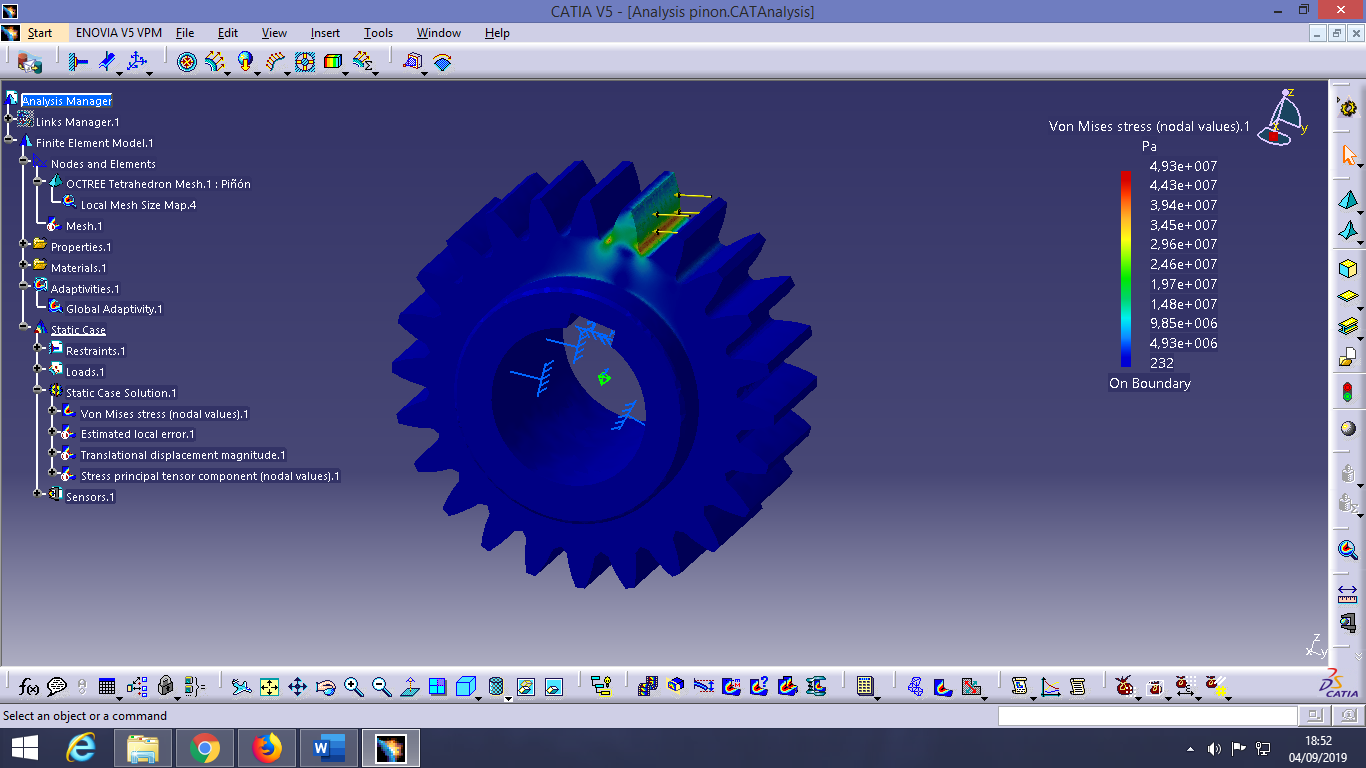
Von Mises Stress
As a result, I have demonstrated that this power transmission system can operate effectively and safely, making it a viable solution for industrial applications. Additionally, I rendered in KeyShot and took photos of the mechanical analysis process to show the creative process and the project's technical details.
Training E-Book Translation
2021-06-06The task was to translate an e-book that talked about physical training from Spanish to English, among with some excel files which contained routines and different exercises and diets to follow. It has been my biggest translation project so far.I did the job with my coworker José Luis Anguiano.I can't show pictures of the actual translation of the project as it is confidential.
Translation of a Master's Degree Informative Document
2021-11-24My task in this project was translating informative documents about a master's degree from Spanish into Basque. The documents were for the Artigas classroom.One of the documents contained a procedure on how to use their virtual tour application (created by GARBIKER), and the other one explained the different areas we were able to visit.It was an exciting and challenging job, which contained many different technical words.I can't show pictures of the actual translation of the project as it is confidential.
Clamp
Model and Analysis: CATIA V5
Render: KeyshotThis first model is a clamp I designed to practice my part
design skills and carry a structural analysis using the CATIA V5
analysis module.I modelled this assembly using part design for each component,
and I carried out a static structural analysis to check the
behaviour of my model when it comes to supporting external
loads.For the boundary conditions of my model, I established contacts
between parts, bolt joints, weldings and a force density
downwards, as this is the direction of the force caused by the
fluid going through the pipe.The results obtained after the analysis and the ones I used to
validate my model were Von-Mises stress and displacement.The material used is steel, so the maximum Von Mises stress
mustn't surpass the yield strength corresponding to that
material, including a safety coefficient, to validate my
model.The maximum stress was higher than the yield strength, and, as
a result, the design may break.Nevertheless, the location of the maximum tensions is around
some holes, where the precision of the analysis tends to be very
low. We would need to carry out more precise tests to check
whether the design would resist the forces or not.The other condition I checked to validate my model is the
deformation since a too high deformation may cause problems for
the model to complete its task correctly.The maximum displacement obtained is 6mm, an acceptable
deformation value compared to the higher model dimensions (125mm
outer diameter).
-
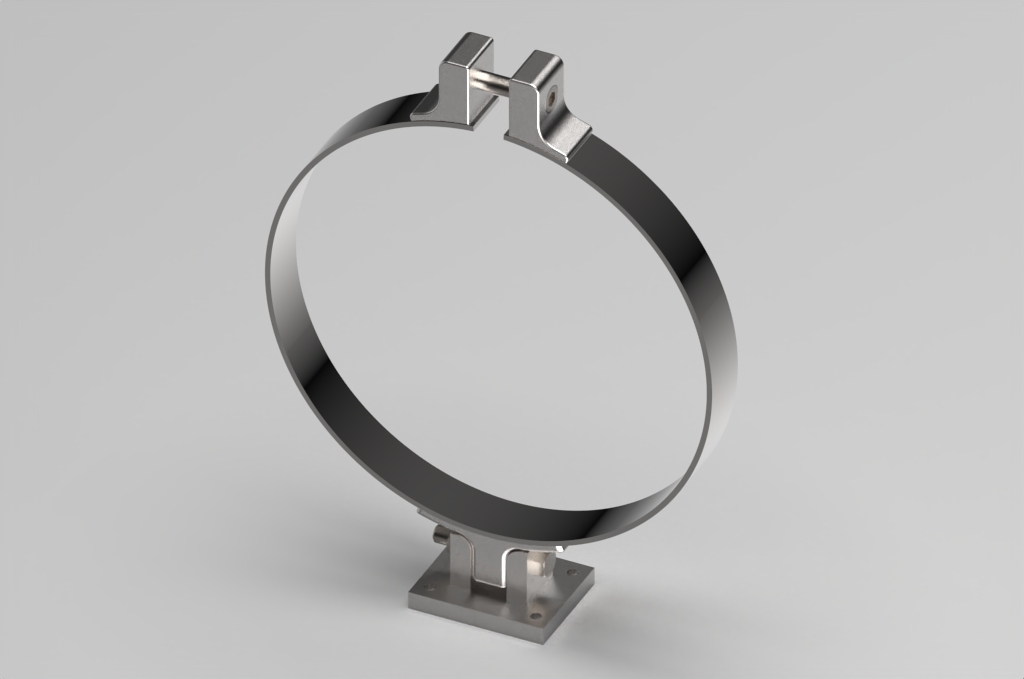
3d clamp
-
>

Boundary conditions
-

Von Mises Stress
-

Von Mises Stress
-

Displacement
Steering Gear
Model: CATIA V5
Render: Keyshot
Introduction
The steering gear is the
system that allows you to redirect your car's direction when
driving. This model is a very simplified version of that kind of
mechanism. Model
I modelled this with CATIA V5 and
rendered it in Keyshot. I also tested its kinematics using the
CATIA V5 kinematics module. This way, I checked that the model
works correctly. Depending on the sensitivity we want to provide to the steering
wheel, we need to increase the number of teeth in the gears
(less sensitivity) or decrease them (more sensitivity). The curved piece at the end, combined with the two thin bars
and the middle square bar, serves as a lever to make the wheels
rotate in the steering wheel's direction. They also let the reels spin on their perpendicular axis so the
car can move forward or backwards.
Piston-Connecting-Rod
Model and Analysis: CATIA V5
Render: KeyshotHere we can see an assembly I created to practice my structural
analysis skills and compare the results obtained in different
cases. I tried carrying out this analysis in two ways: one was
analysing each part separately, simulating the contacts with the
rest of the elements and the other studying the entire assembly. I modelled the entire assembly using part design in CATIA V5,
as all the elements are very straightforward. I also carried out
the structural analysis with CATIA V5 by introducing the
boundary conditions and connections that affect the assembly and
each part for the individual studies, as well as the working
temperature since it also affects the resulting tensions.The obtained Von-Mises stress values vary from the individual
analysis to the group analysis; this happens due to the
difficulty of modelling each part with the interactions it has
with the rest of the elements (we can't model these with 100% of
exactitude). So, the tensions are more precise in the complete
analysed model. As a disadvantage, the resources and time needed
to evaluate it increase as the complexity increases the more
relations and interactions we add to an assembly.
-
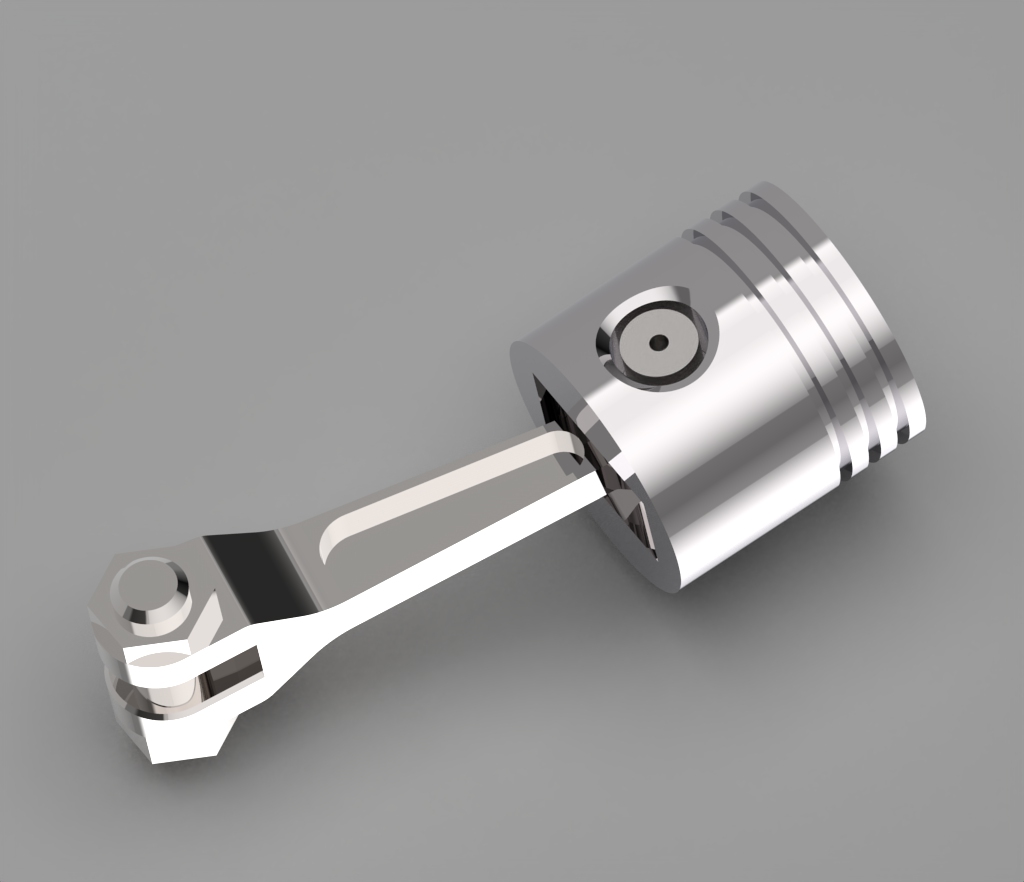
3d clamp
-

Assembly boundary conditions
-

Piston boundary conditions
-

Cap boundary conditions
-

Rod boundary conditions
-

Bolt boundary conditions
-

Von Mises Stress
-

Von Mises Stress
-

Mesh
Welding Positioner
Model and Render: SolidWorksA welding positioner is a mechanism that grips and spins an object, so it helps the welder work with it. I tried replicating a positioner I saw on the internet. I made both the design and the renders with SolidWorks.This welding positioner can move 180º forward and backwards; and 360º around the vertical axis. This way, the worker will accommodate the part in the most comfortable position to carry out the welding task.
Manipulation Robot
Model: CATIA V5
Render: KeyshotIntroduction
A 3D model of a manipulation
robot I designed using CATIA V5. I created it with the "Part Design" modules, where I modelled
each part. And then, I assembled the whole robot in the
"Assembly Design" module, adding the necessary constraints to
maintain adequate freedom degrees. Movement description
This robot can move
360º around the vertical axis and practically another 360º
around the other two horizontal axes. The only factor that
limits this movement is the own geometry of the robot. Function description
The manipulation
robot can lift many different elements using its tweezers.
Thanks to the rotating capability of the arms and the sliders
that move the tweezers, they can grab many diverse objects. Each gripper has an independent slider, so they don't need to
move symmetrically, giving more flexibility to the robot. Test
I tested this model in the DMU
Kinematics module in CATIA V5 to check collisions and if the
movement I wanted it to have was possible. The test was successful as there weren't any collisions among
different parts inside its range, and the robot could pick any
object located close enough. Dimensions
The robot is about 2m long,
but I can change the scale of the model to any dimension to
carry out different tasks.
Pen
Model: CATIA V5
Render: Keyshot
Introduction
In this model, we can see a
blue coloured pen. I modelled this pen using CATIA V5, trying to approach reality
as much as possible. After that, I rendered it using Keyshot 11
while I tried to make it more realistic. Design
The pen has a realistic size, and
its cover would be ready to be 3D printed to start using it
right now after getting the spring and ink mounted on it. You
can customize it with any different colour you can imagine. Working mechanism
Its working mechanism
is super easy. It works like every spring-ruled pen by pressing
the button to make the tip come out from the cover and start
writing. It is the same process for storing it back.
Hangman Project
Language: PythonThe hangman game is about guessing the word by trying different letters. But if you reach the maximum number of allowed fails, you get hanged. In this project, I have created the hangman game using Python code. The words to guess are in Spanish or English, and you can choose the language you wish to play. For this project, I have used loops, if statements and functions. I saved those functions in different modules, called checks.py and words.py. You won't be guessing the same word twice in the same gameplay, as the program eliminates already guessed words from the possible words.This code shows the number of letters a word has with _ _ and checks if the letters and words are correct. If they are not, it adds a fail, being the limit to fail the game 5.
Mad Libs Generator
Language: MATLABIn this project, you will play the Mad Libs game with MATLAB. It is a phrasal template word game in which you have to introduce different words to fill in the blank spaces on a template. Then, the program will print the resultant story. You can find the version with GUI and the MATLAB command window version.This project concatenates different variables with already written text to create a story. After starting it, the program will ask you to insert different words, and in the end, it will print a story with what you inserted. It needs you to insert six words to work correctly.
Rock, Paper, Scissors Game
Language: PythonRock, paper, scissors game is a hand game, usually played by two people. It consists of creating the form of a rock, paper or scissors with the hand. Here you can find the code for that game in Python. But instead of playing against another player, you will go against the computer. This game has a GUI coded with the Tkinter module for it to be more user-friendly.You can run the program from the maingui.py file. After running it, it will show the user interface for the game. There, you choose between rock, paper or scissors; the computer will select randomly. After selecting one option, you will know who the winner is.You can click Reset to delete all data or Exit to finish the game.
Magic 8-Ball Game
Language: PythonMagic 8 ball is a fortune-telling tool. It will give answers and predictions to the questions you make, and those responses may be correct or not. This program has its GUI created with the Tkinter module and selects the answer randomly among a list of different options. To use it, run the main.py file. It will open the magic ball game interface. Think about a question and ask it by clicking the "Ask the question!" button. The ball will give you an answer.
Email Slicer Project
Language: PythonWith this program, you will get the username and the domain from an email address. You will introduce the address, and it will slice it for you. If you try to introduce invalid data, the program will let you know with an error message. You can run the program from the maingui.py file. After running it, it will show the user interface for the slicer. Then you can introduce an email address in the input bar and click "Enter". The program will slice it for you.
MESSAGE ENCODE-DECODE
Language: PythonThis message encoder/decoder allows you to encode and decode different messages with a given key. This program has a user interface where you can insert the message and the key to encode or decode it. Then, you will receive the result depending on your choice. I used the Tkinter library to create the graphical user interface and different functions to encode and decode. They transform input variables between numbers and characters to do the encoding or decoding, depending on the user selection. To run this program, run the main.py file and start writing the message in the first entry and the key in the second. Then, select whether you want to encode or decode this message. The program will print your result in the third entry.
